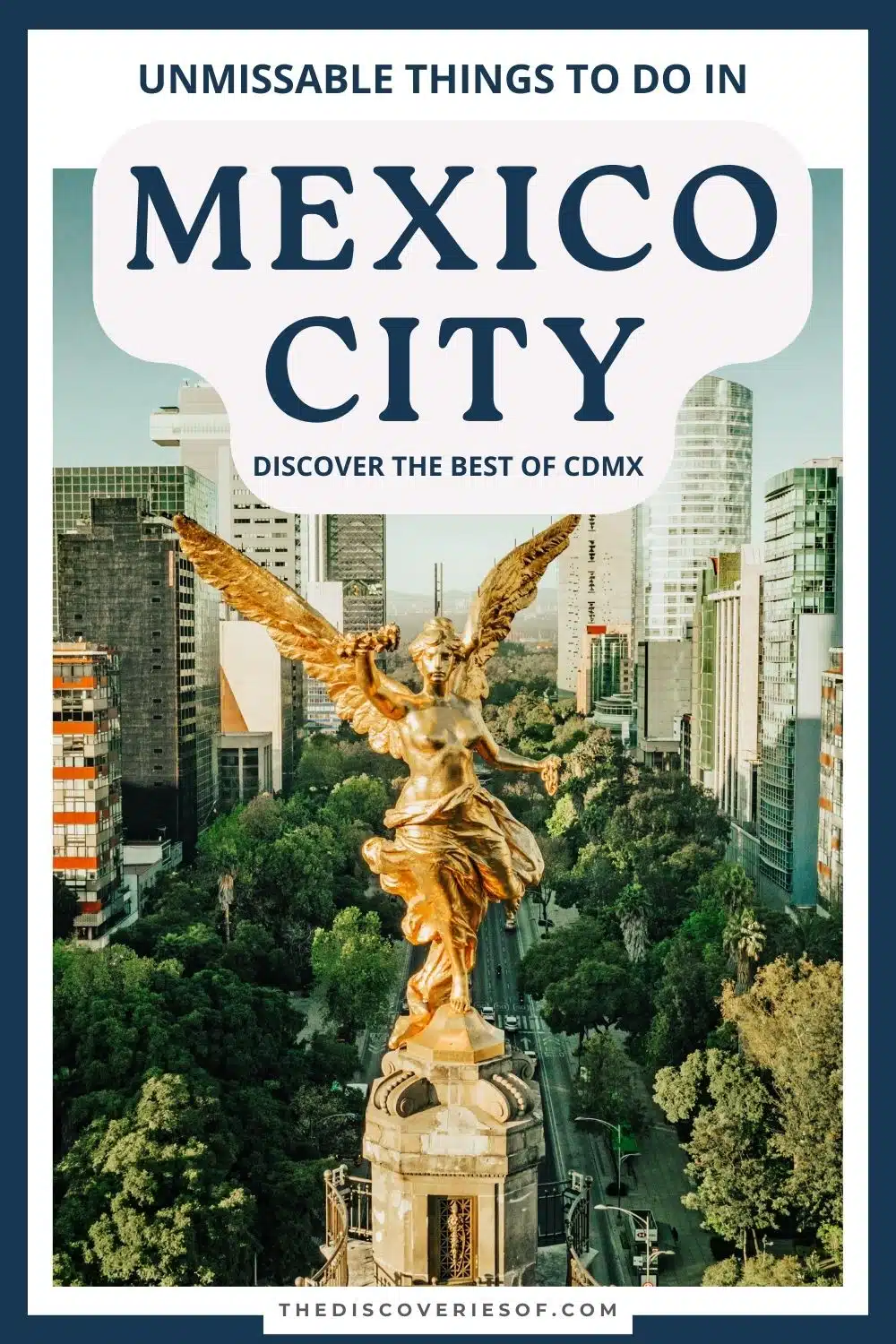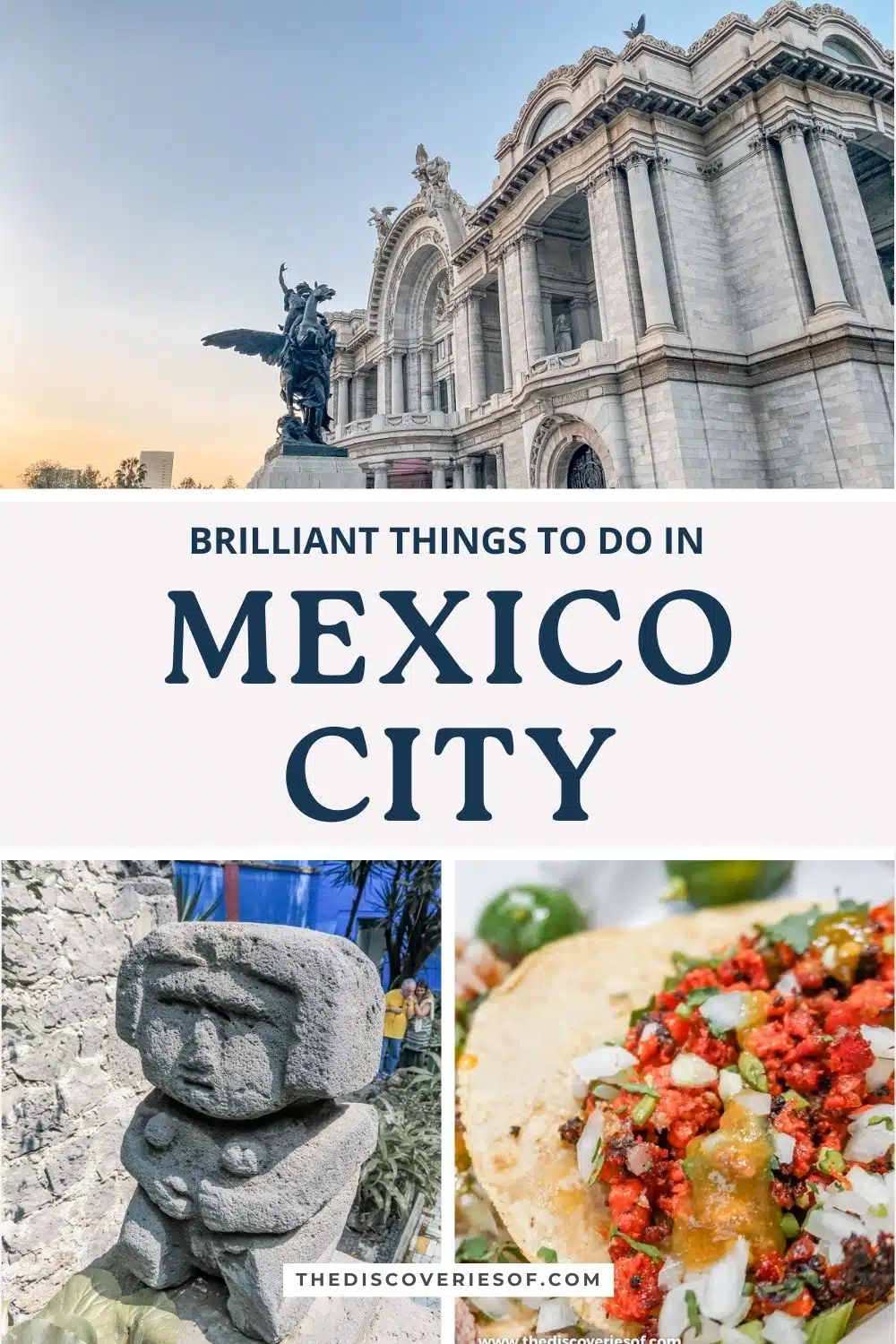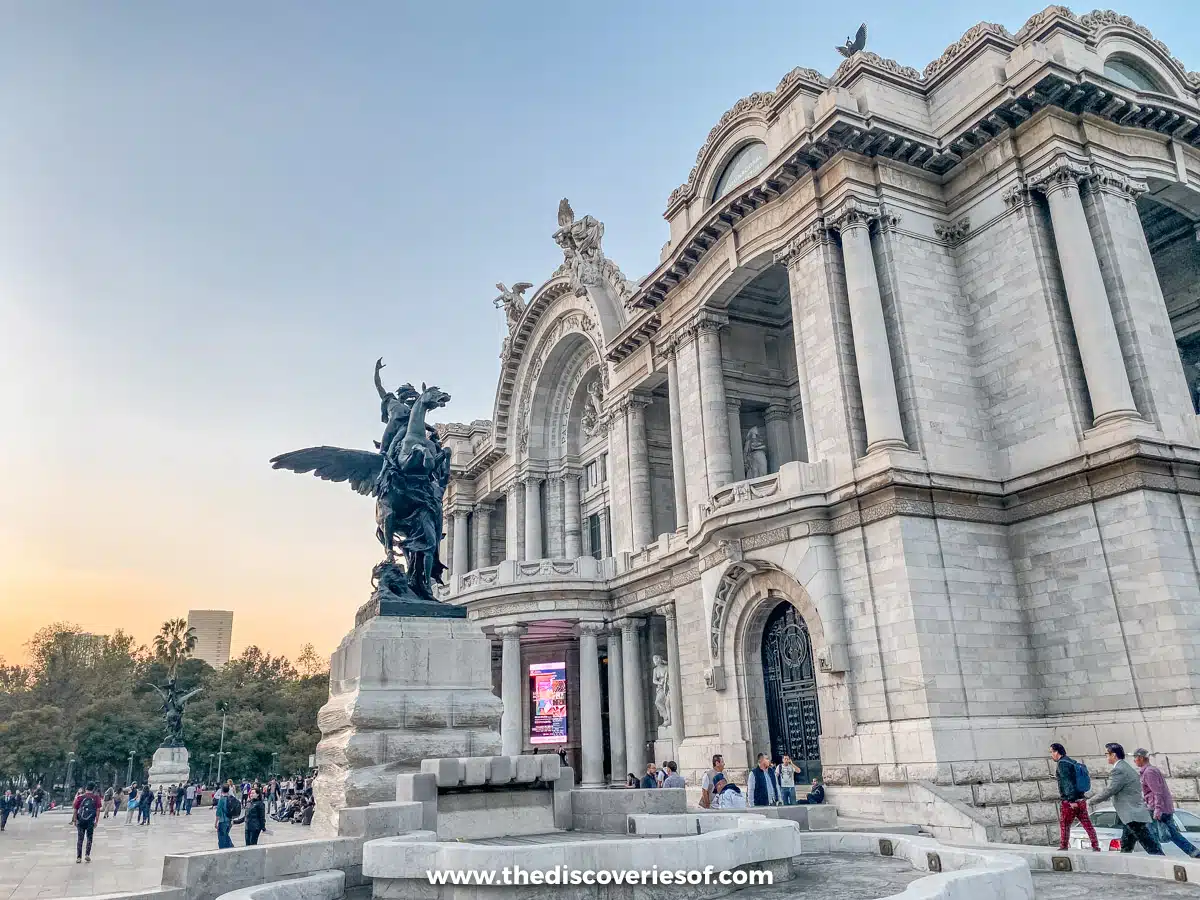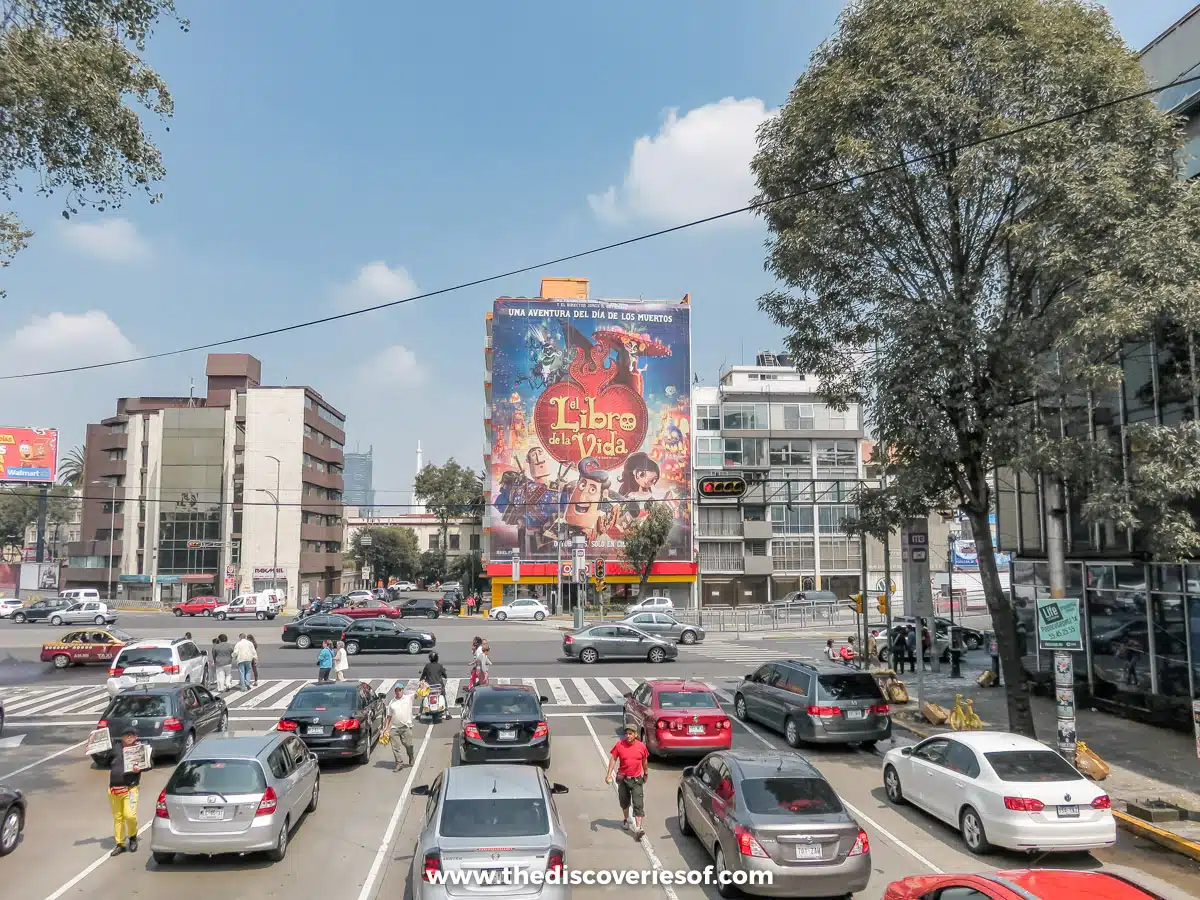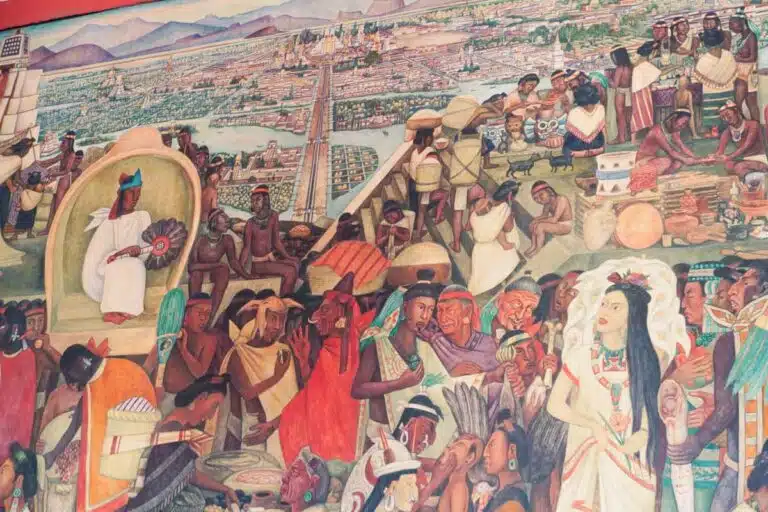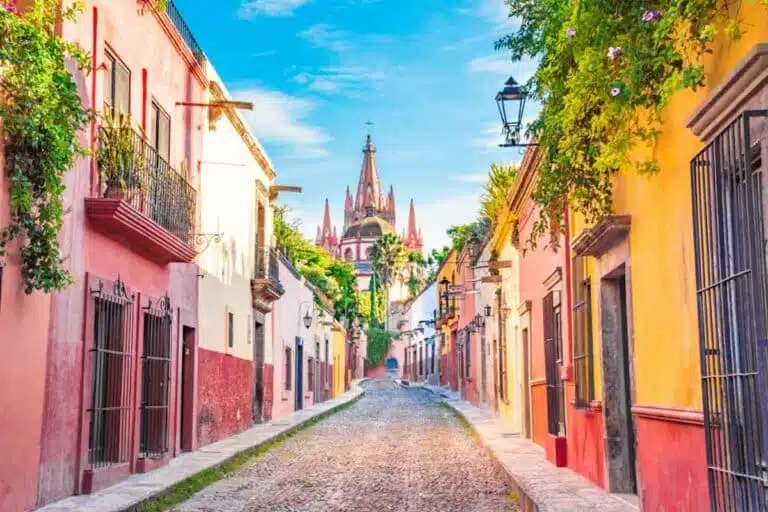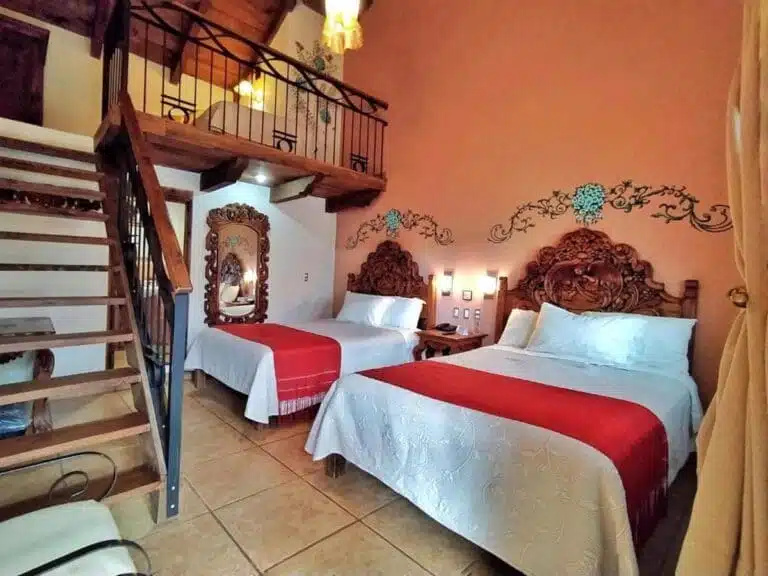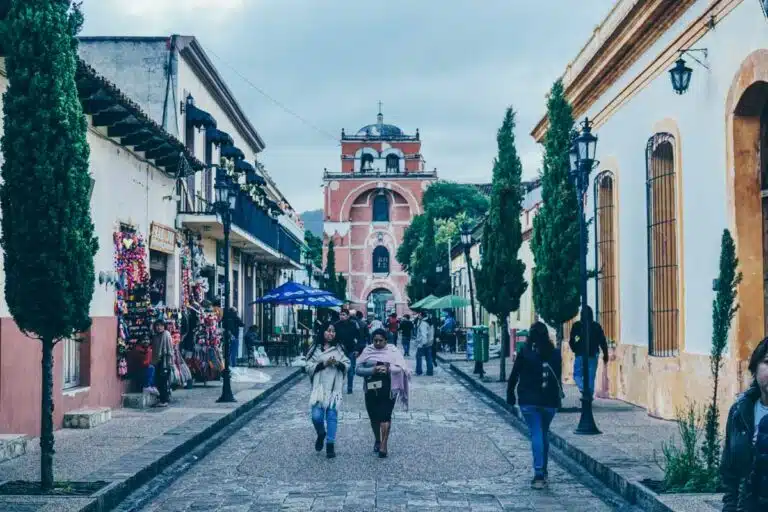Looking for the best things to do in Mexico City? Delve into the city’s top attractions and lesser-known gems with this guide.
Built on the destroyed ruins of the ancient Aztec city of Tenochtitlán and with an over 650-year history, Mexico City is one of the oldest metropolises in the Americas and a must-visit on any Mexico itinerary.
I’m not going to lie – I wasn’t sure what to expect from Mexico City on my first trip but what I found was a place I straight up fell in love with. Sure, it helped that I had some local friends and got more than a few insider tips, but do Mexico City (or CDMX as those in the know call it) right and you can’t help but see why it’s named as one of the most stylish cities in the world.
What’s not to love? Brimming with historical landmarks, colonial-era architecture, iconic artwork and tasty cuisine, it’s the perfect destination to explore on your travels.
Want to get the most out of your visit to Mexico’s capital? I’ve scoured high and low and tapped up my local sources (and clocked up lots of steps along the way) to help you discover with this guide to the best things to do in Mexico City.
Best Things to do in Mexico City
Delve into History at Templo Mayor
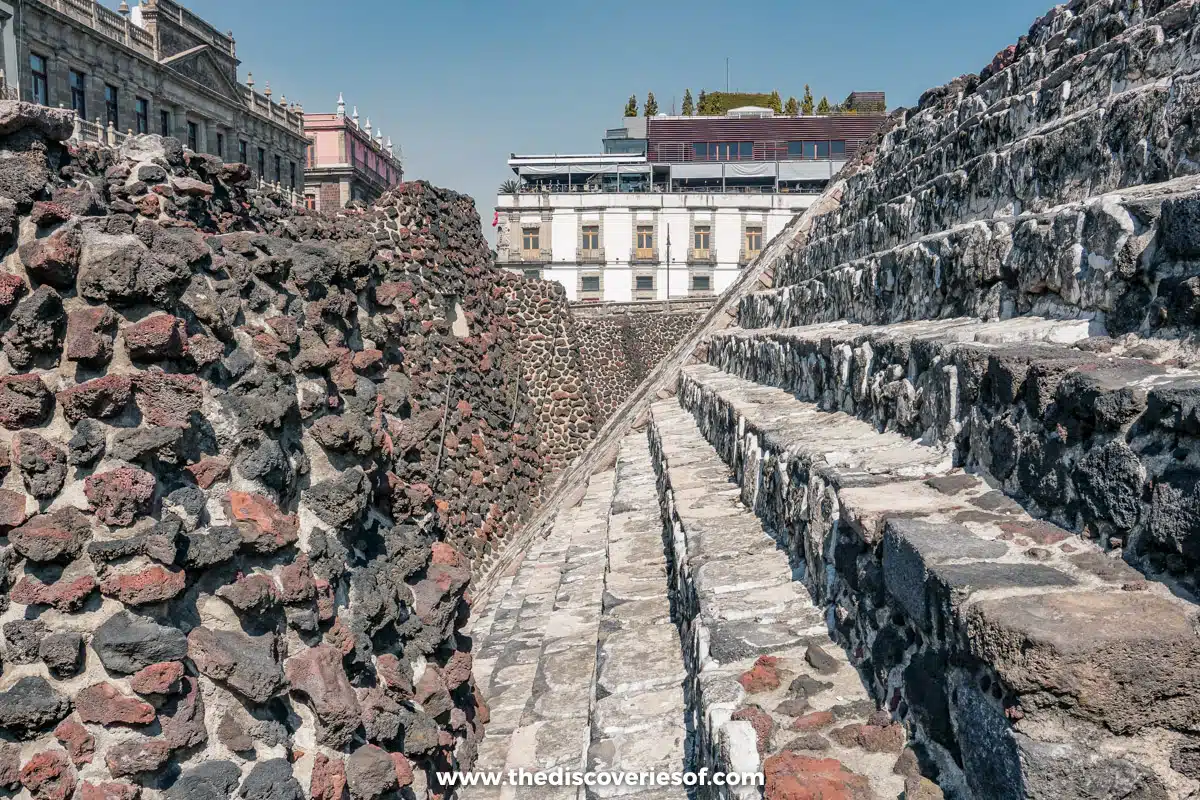
Strolling underneath the modern skyscrapers on Avenida Reforma or the neighbourhood of Santa Fe, it’s hard to believe that these areas in Mexico City date back centuries. There’s no such doubt about the historic origins of the 14th-century Templo Mayor.
Named Templo Mayor (which translates to Main Temple) because it was the most important temple of the Aztec capital of Tenochtitlán, the ruins sit in the heart of Mexico City’s Centro Historico.
Aztecs believed the temple to be the centre of the universe, and it functioned as the sacred ceremonial centre of the city, a place where Aztec priests addressed (and sacrificed in the name of) two of their most important gods Tláloc and Huitzlopochtli in their respective temples.
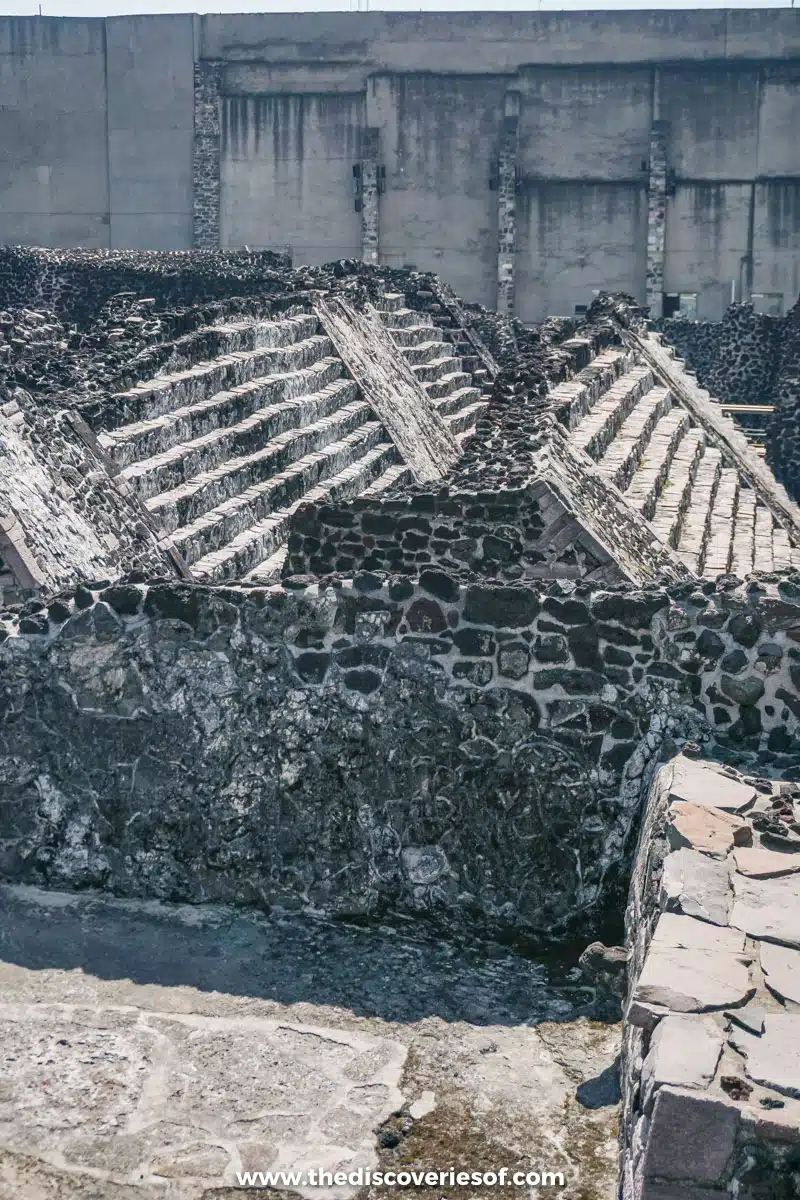
The temple was sadly mowed down and replaced by a cathedral during the Spanish conquest in 1521. It was largely forgotten about, until the discovery of an 8-tonne Aztec artefact depicting the goddess Coyolxauhqui in 1978 by construction workers working on the Metro. After the discovery, archaeologists started to excavate the site, a process that still continues to this day.
In 1987, the Templo Mayor earned a spot on the list of UNESCO World Heritage sites and is one of the country’s most famous landmarks.
Top Tip
Fascinating as the temple itself is, be sure to put aside a few hours to spend in the on-site museum – the exhibits are fascinating – you can even see a stone that was used to perform human sacrifices.
Visit the Museo Frida Kahlo (Casa Azul)
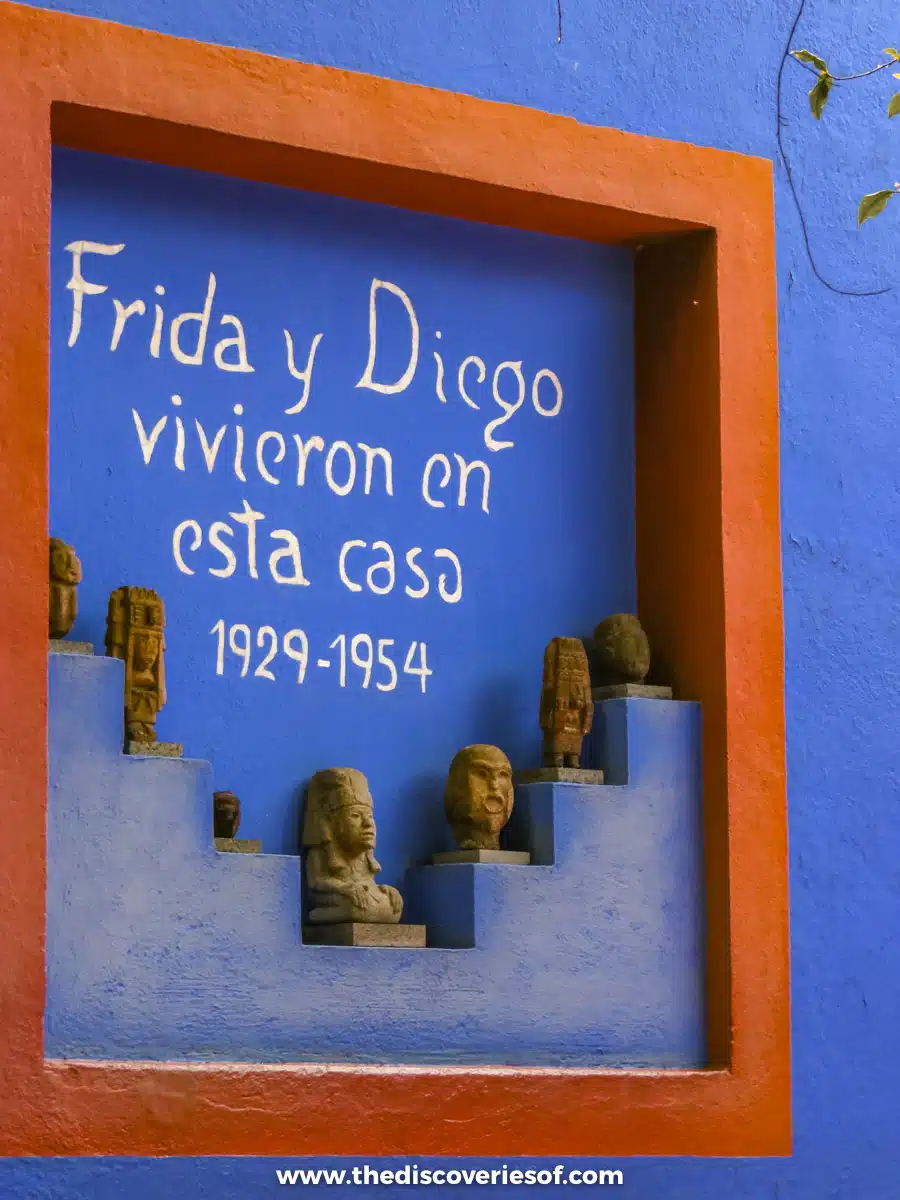
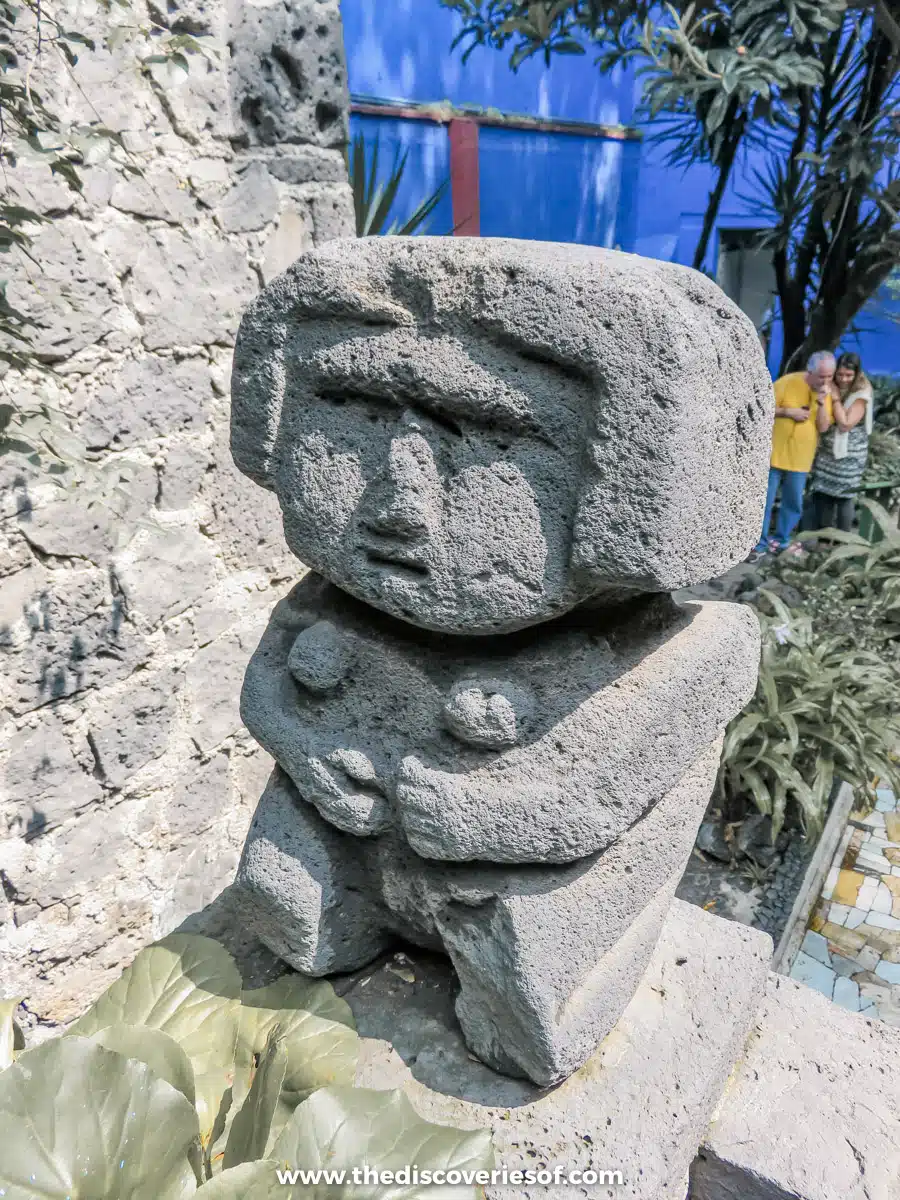
Tucked away in the quiet neighbourhood of Coyoacán, the Frida Kahlo Museum (often nicknamed Casa Azul thanks to its brilliantly blue colour) should be high on your Mexico city itinerary.
Kahlo was born in the house, and lived here on and off with her husband Diego Rivera until her death in 1954.
Sometimes I think that house-museums can border on the kitsch, but the Casa Azul offers a fascinating look at Kahlo’s life and the influences on her art.
Rooms have been kept as they were during her lifetime – including an impressive collection of works by 18th- and 19th-century Mexican artists and Pre-Columbian artefacts.
Tickets
Tickets cost $320 MXN for tourists $160 MXN for nationals with official ID. There are discounts for students and seniors. Children under 6 are free.
Marvel at the Palacio de Bellas Artes
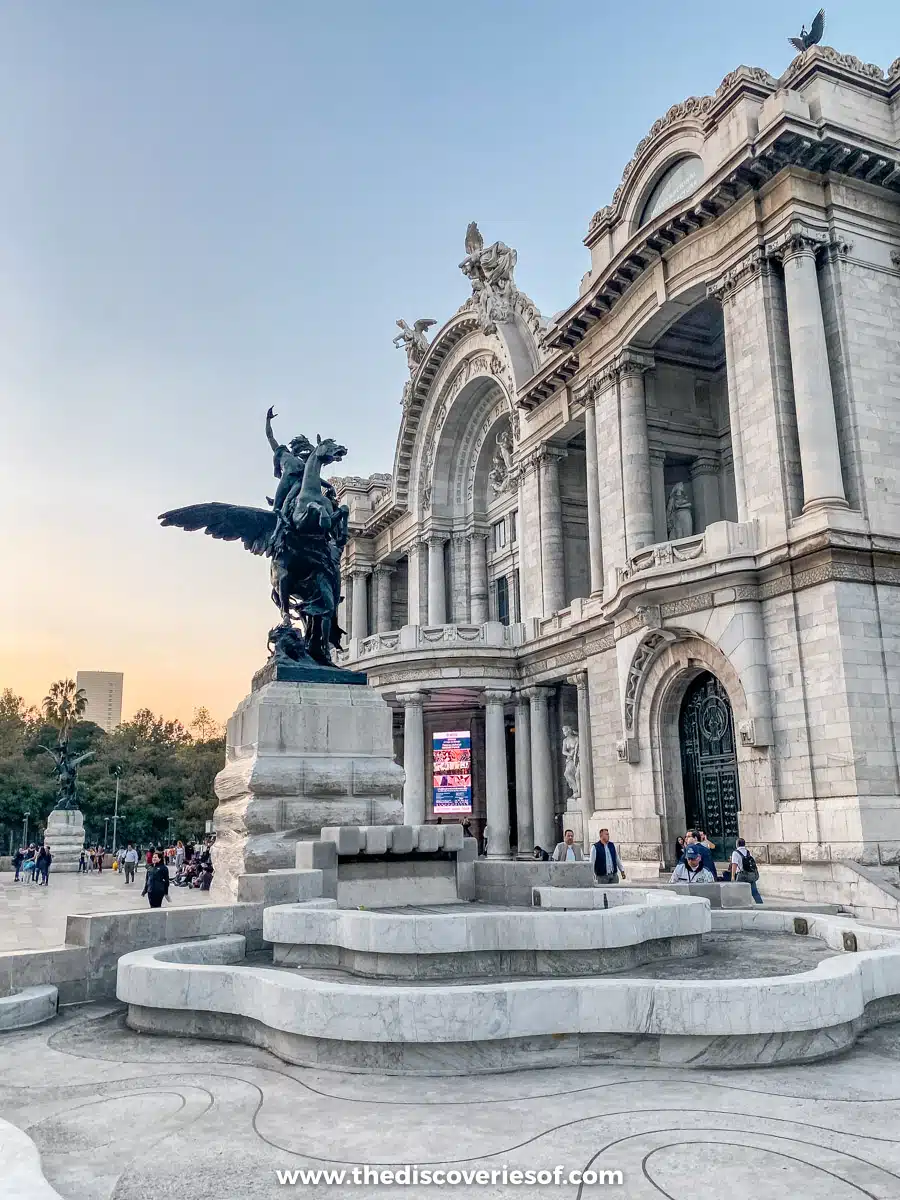
Few architectural structures can rival the beauty of the Palacio de Bellas Artes (Palace of Fine Arts). This is one of the most famous landmarks in Mexico City and is a staple feature on just about any Mexico City guide or brochure.
Located near Alameda Park and Centro Historico, a visit here is a must.
The Palacio de Bellas Artes dates back over a century. Designed by the Italian architect Adami Boari, construction on the Art Nouveau building began in 1904 with the aim of having a national theatre ready for inauguration by 1910.
However, the project ended up taking nearly three decades to complete and, thanks to the fact that it was largely built from Carrara marble, it’s sunk more than 4m into the swampy ground since it was completed.
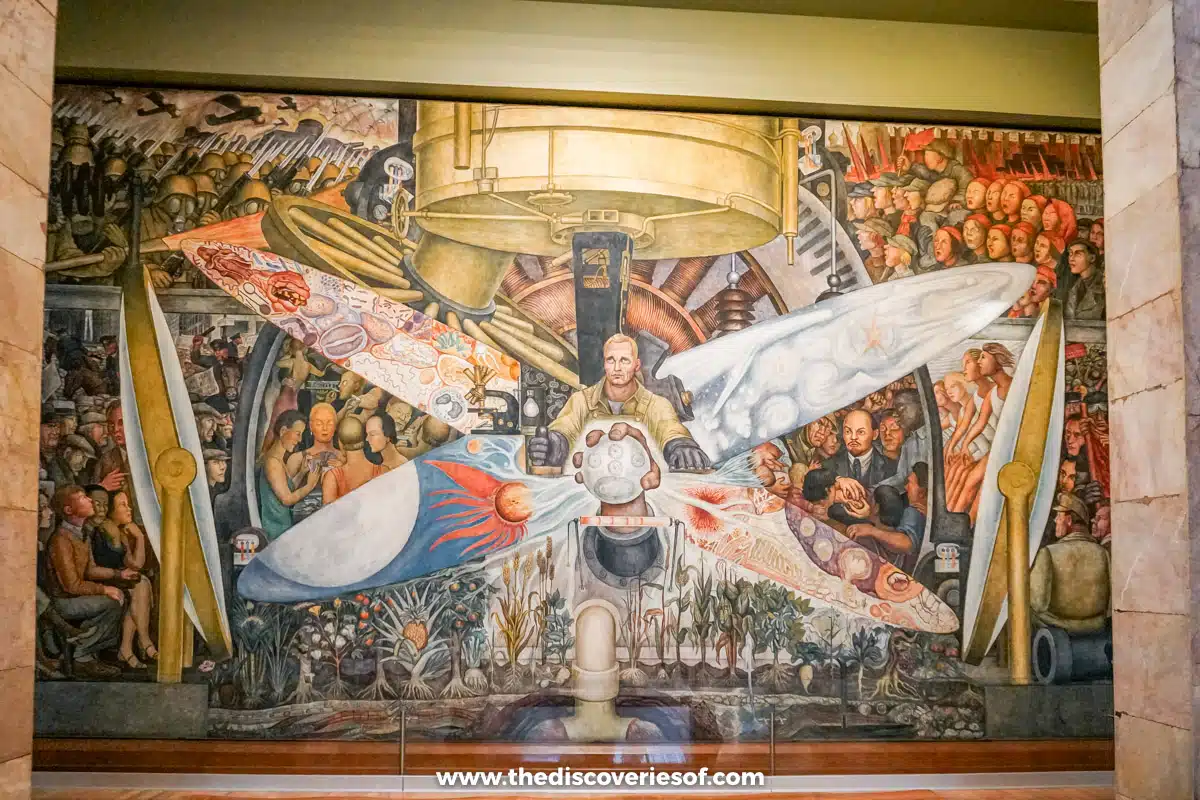
Although it’s an opera house and concert hall, the Museum of Fine Arts is also home to some of the most beautiful Mexican murals in the city – including two large ones by Rufino Tamayos and my personal favourite, one by Diego Rivera called El Hombre, Contralor del Universio (pictured above).
Top Tip
If you’re not able to visit the museum, visit the coffee shop on the eighth floor of the Sears across from Avenue Juarez. From here, you will have an unobstructed view of the stunning building.
Eat The City’s Best Tacos at Los Cocuyos
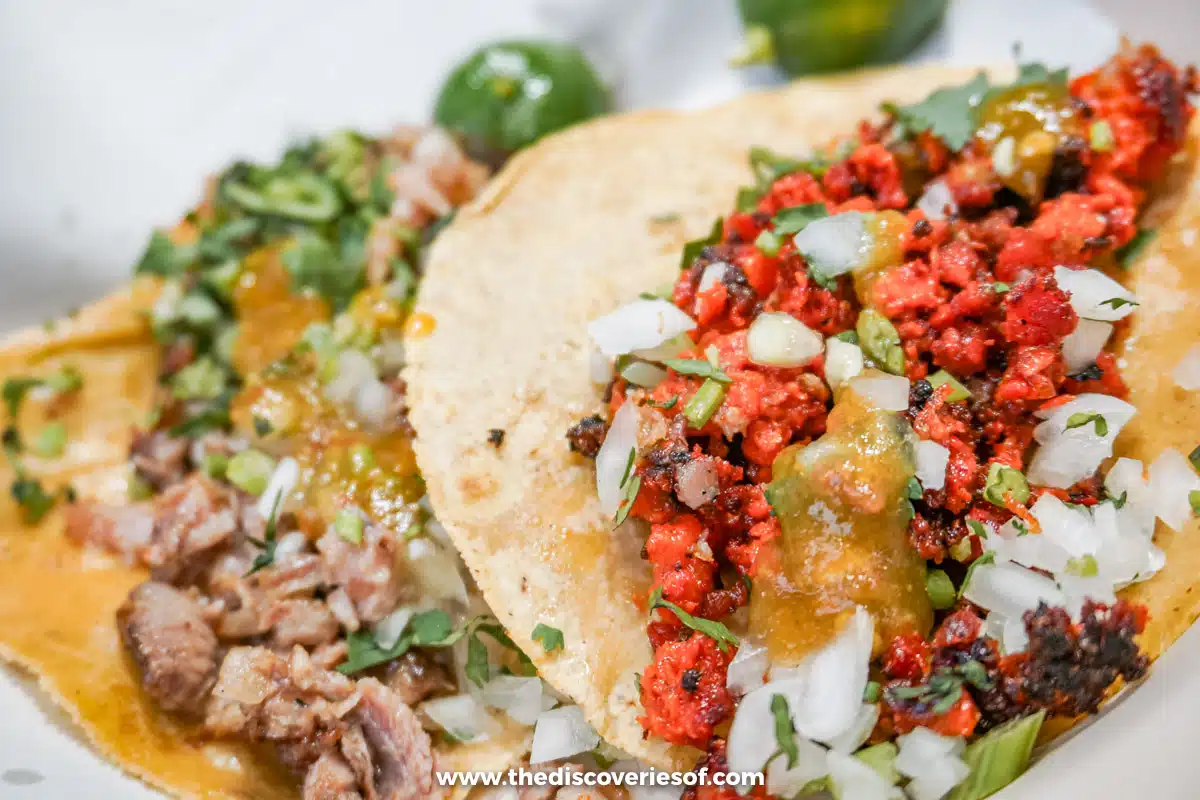
If you’re a foodie, head to the popular Los Cocuyos. I don’t think I can put it any more plainly than that.
It’s easy to walk by this unassuming single-window taqueria in the Centro Historico as it sits on one of the busiest streets in the area. That would be a mistake.
Follow the inviting aroma of slowly simmering meats and the inevitable queue to the spot that Los Cocuyos has occupied for over 50 years, serving an array of unique tacos.
Wondering what to order? Just about anything on the menu pops but I’d very much recommend their suadero (brisket) and longaniza sausage tacos – long time fan favourites.
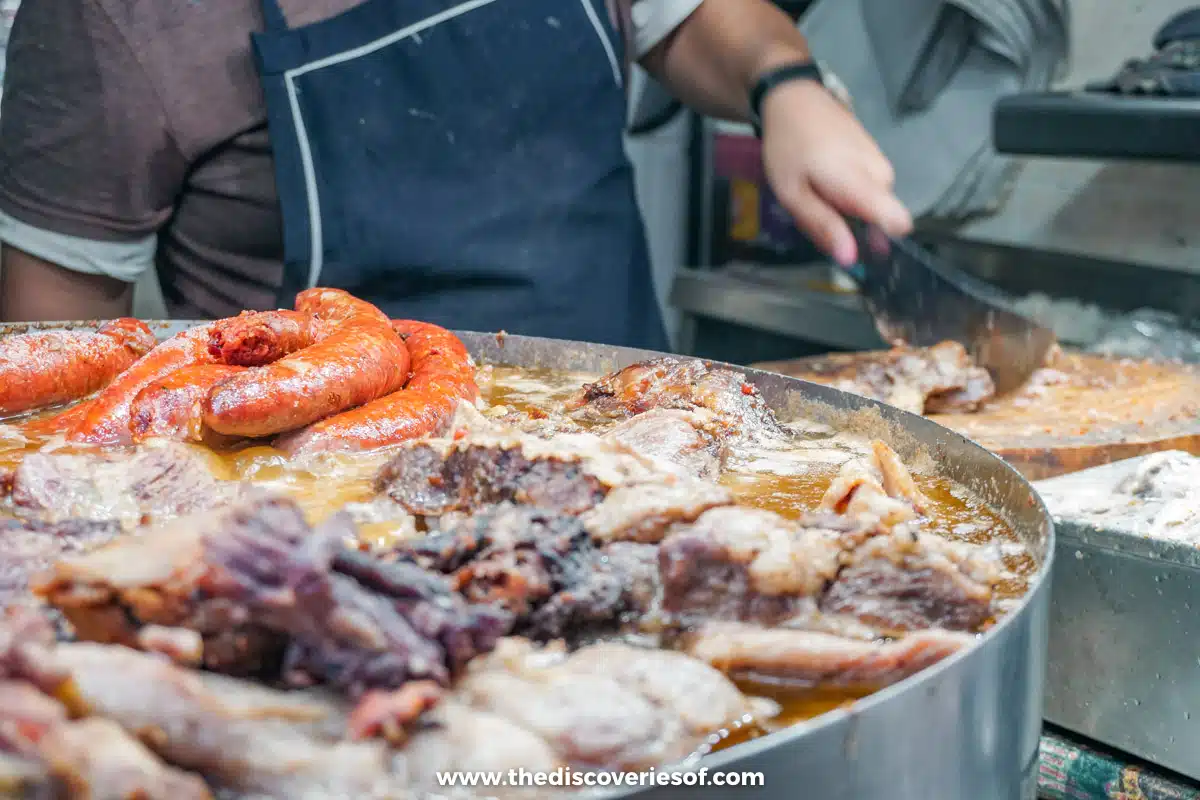
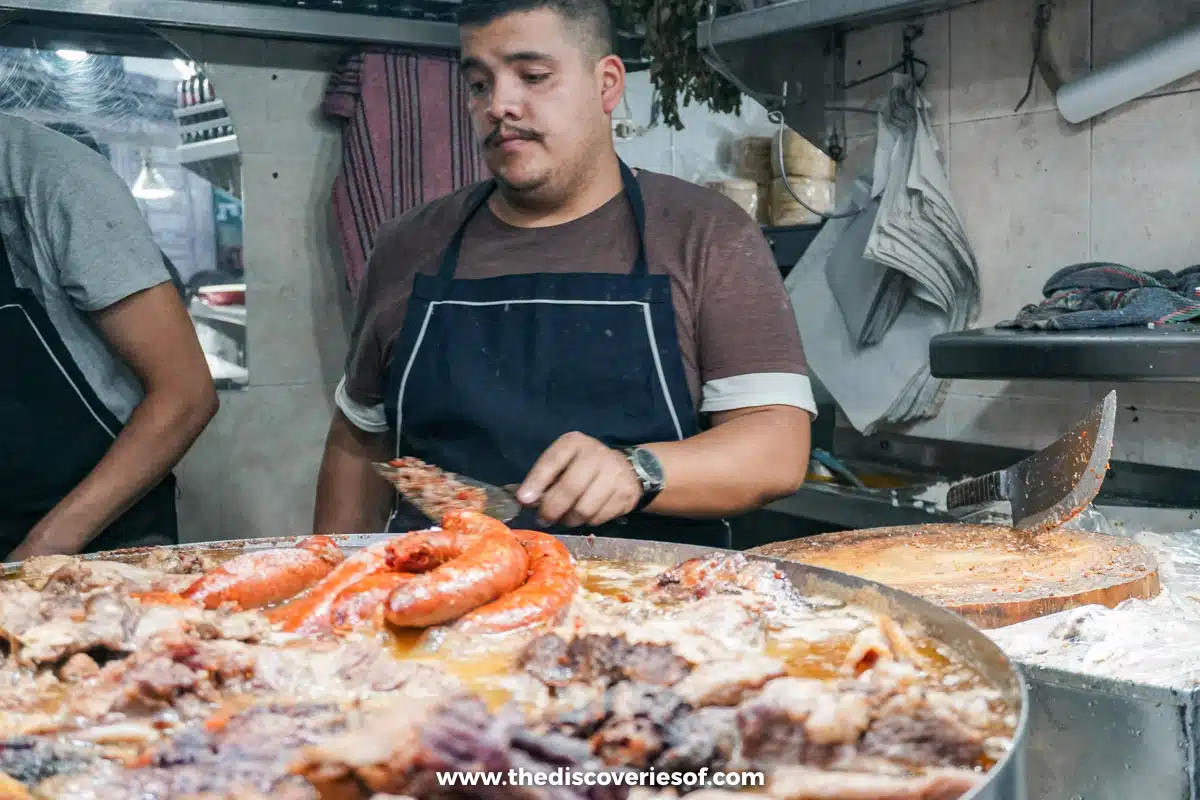
You know what – try as many as you can comfortably eat Los Cocuyos offers an array of fillings that you won’t find at any old taco joint. Some of these unique options include the tacos de sesos (brains) and diced ojos (eyeballs), tacos de cabeza (beef cheek), and chewy lengua (tongue).
It may not all sound appetizing, but trust me, these tacos pack a punch and are an authentic alternative to the usual carnitas or chorizo.
Food + Drink
Wanna go all out? Ask for the tacos con todo, which includes all of the above, along with a healthy sprinkle of onions and cilantro.
Explore the Plaza del Zócalo
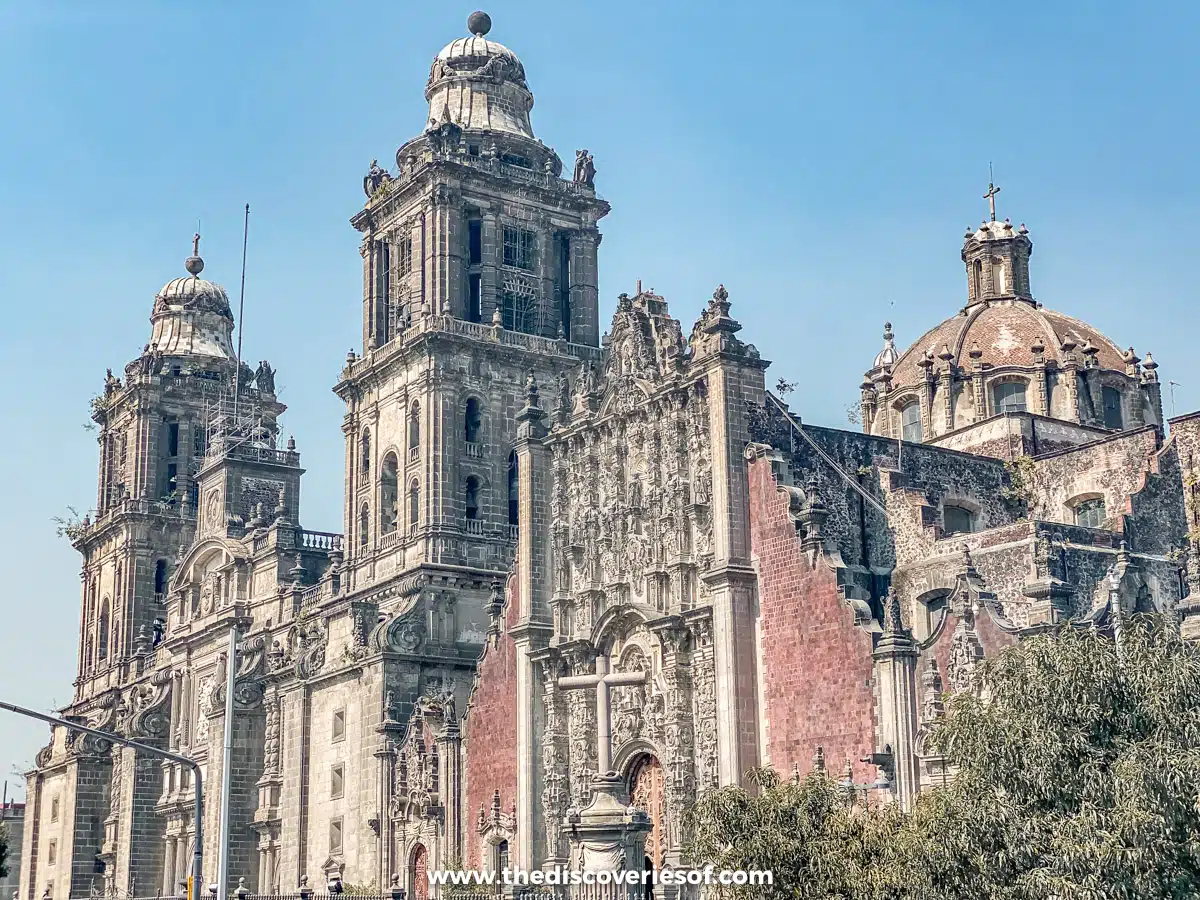
You haven’t visited CDMX without spending at least a little bit of time on the city’s main square, the Plaza del Zócalo. Measuring 220 meters from north to south and 240 meters from east to west, this is the largest plaza in Latin America.
It’s a hectic little spot. On an average day, the plaza is busy with vendors, street entertainers, and tourists. It is also a common site for events like festivals and sometimes protests.
Even when there aren’t any events in the plaza, it’s still worth you visiting. Zócalo sits in the heart of Centro Historico, which is home to many of Mexico City’s top historical sites.
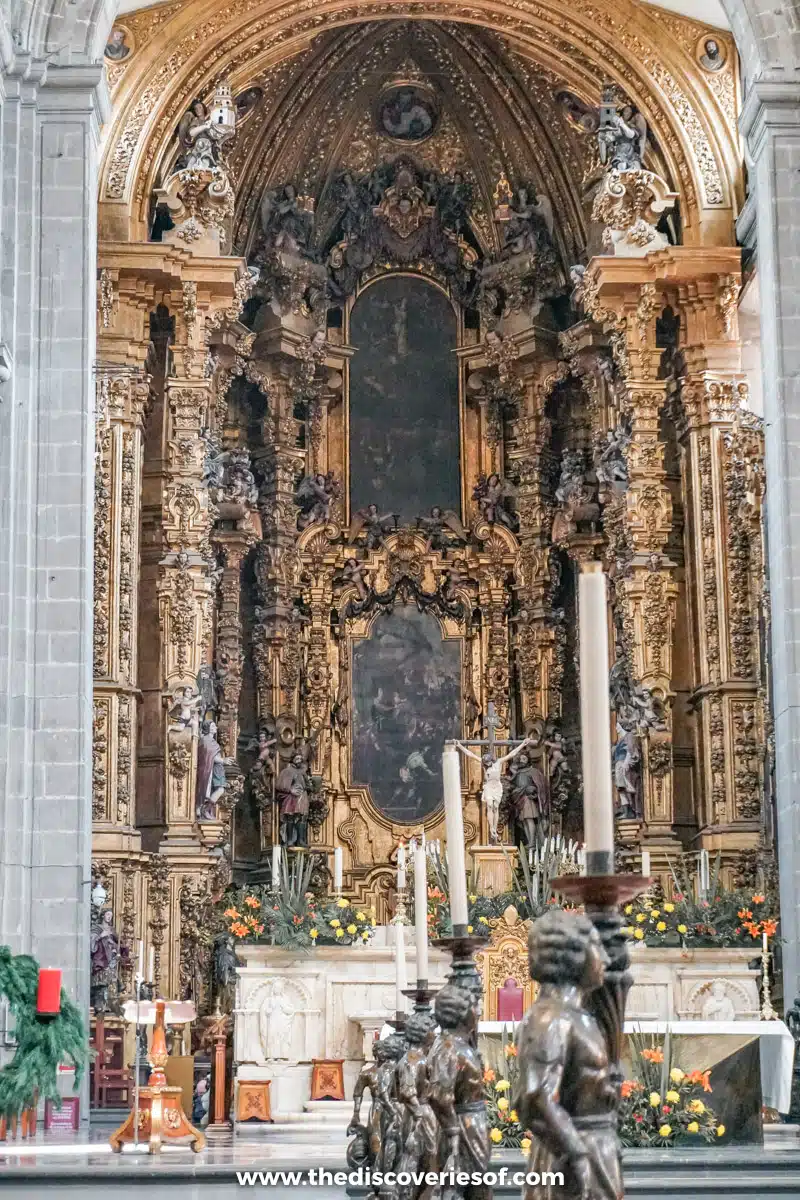
Among these is the gilded Metropolitan Cathedral, one of the oldest and largest religious buildings in the western hemisphere, whose current form largely dates back to 1563.
Tempting as it is to glance at the buildings, I recommend heading inside to see the elaborately carved ultra-Baroque Altar of the Kings and a collection of striking art.
See Diego Rivera’s Murals at Palacio Nacional
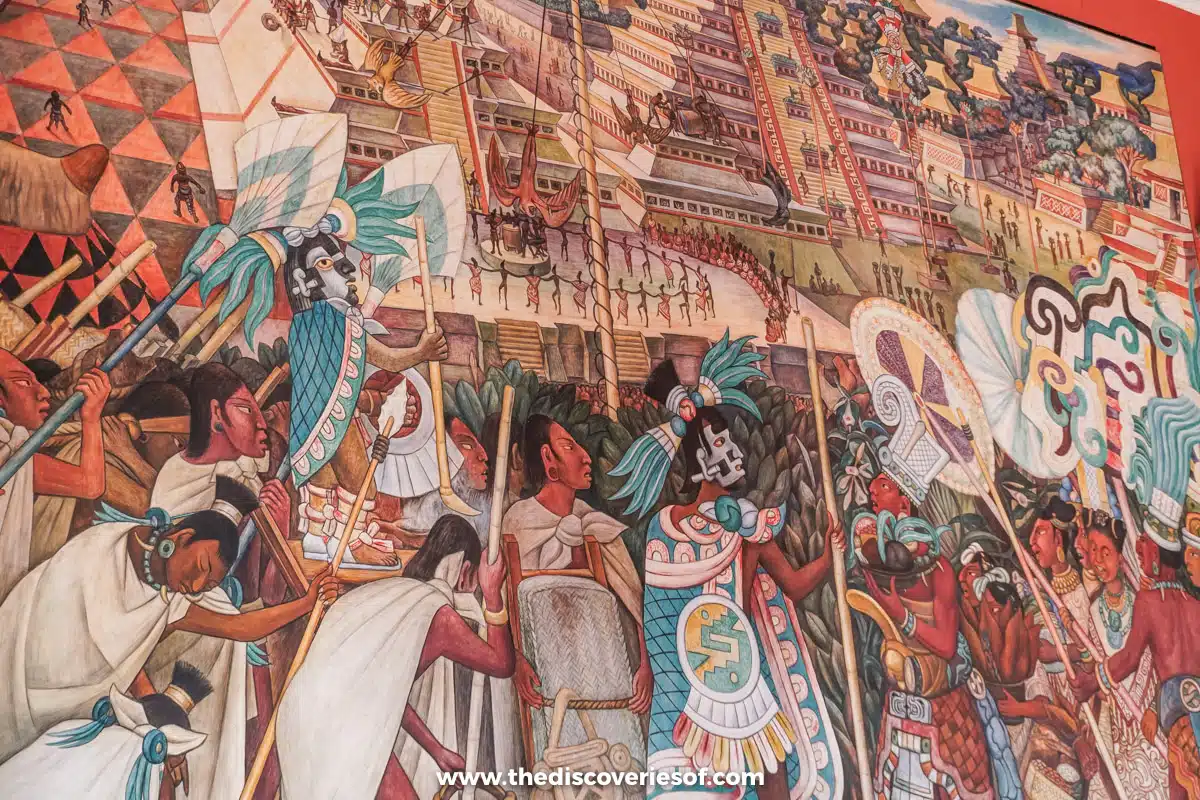
The Palacio Nacional is one of the oldest buildings in Mexico City, serving as the seat of the federal branch of the Mexican government and is home to the offices of the president and the Federal Treasury. It also houses the Biblioteca Miguel Lerdo de Tejada, one of the most important libraries in the country.
However, if we’re really honest, if you visit the Palacio Nacional, it’s to grab an eyeful of the stunning artworks of Diego Rivera housed within its walls.
Painter and muralist Diego Rivera is one of Mexico’s most famous artists. While his reputation today is often overshadowed by his famous former wife, Frida Kahlo, he remains one of Mexico’s first artists to gain worldwide acclaim.
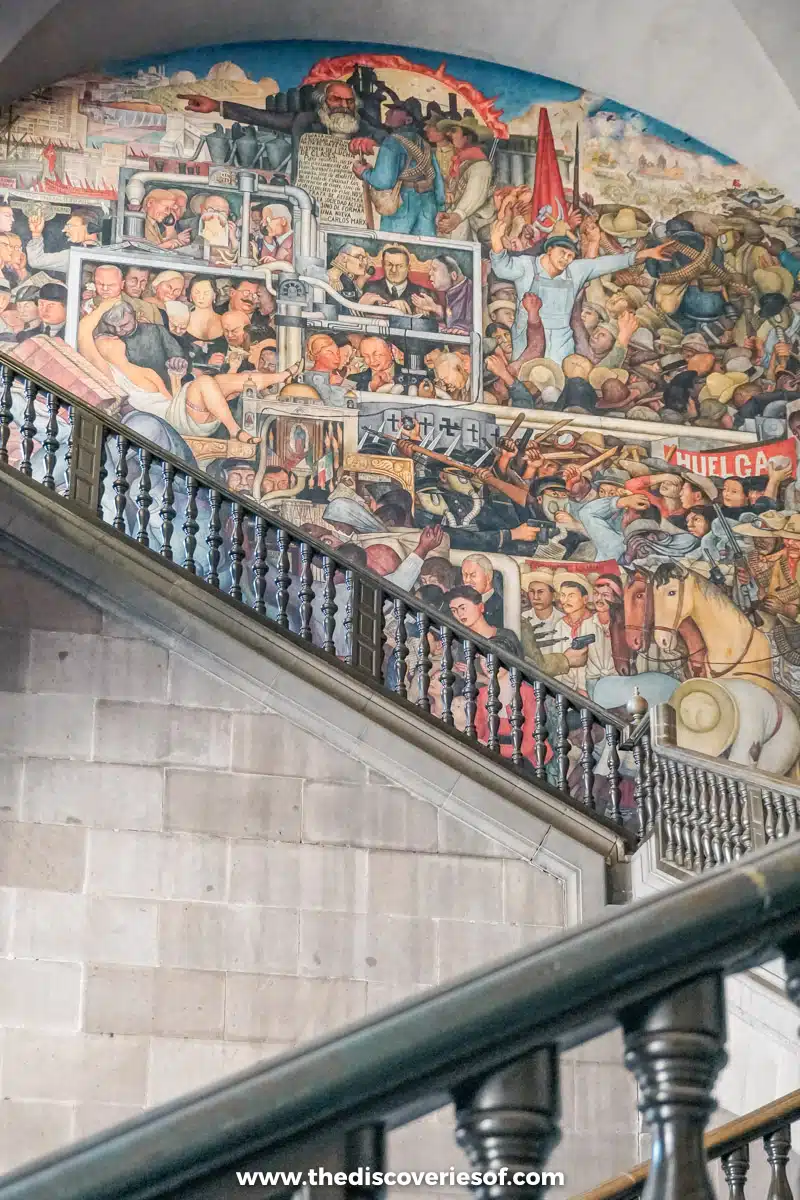
Most famous of all is the spectacular Mexico a Través de Los Siglos (Mexico Through the Centuries) – an ambitious depiction of Mexico all the way from the ancient Indian eras to its post-revolutionary state through a spread of nine murals on a surface area of more than 450 square metres.
Dine at CDMX’s Most Renowned Restaurant – Pujol
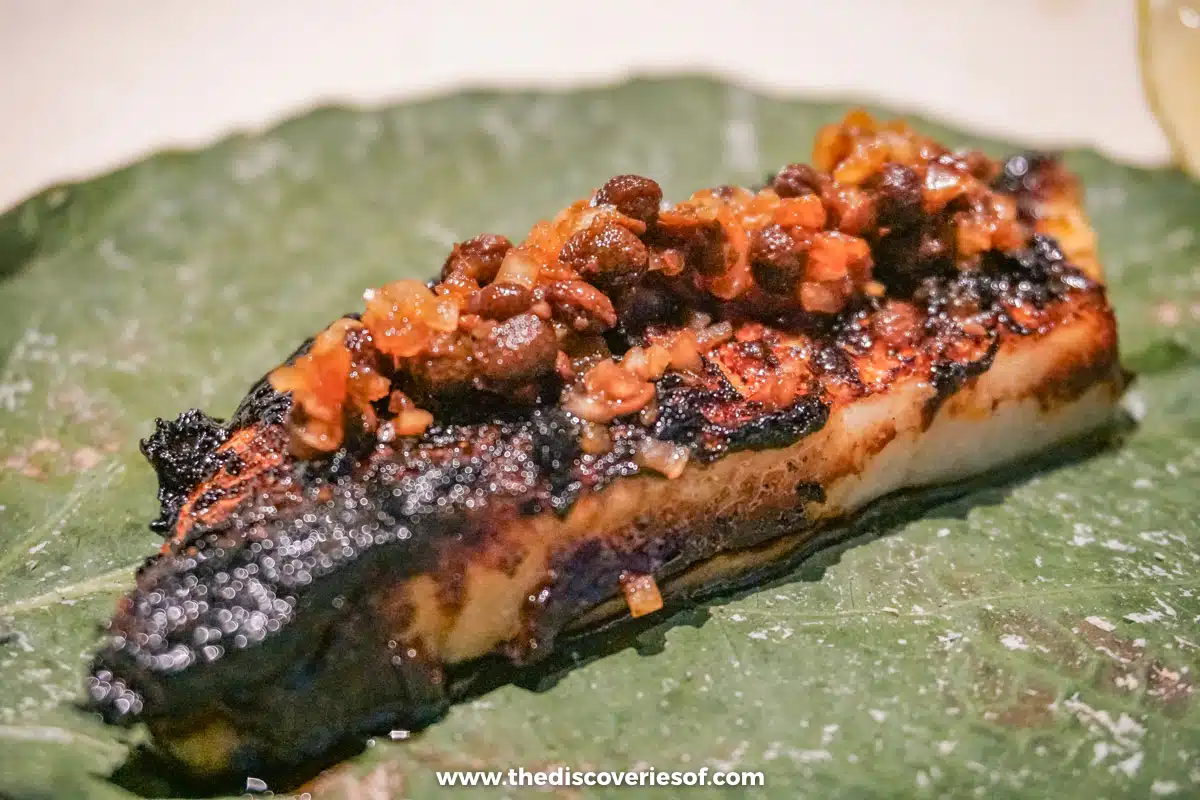
Pujol is pretty much the most talked-about restaurant in Mexico.
Celebrity chef Enrique Olvera founded this restaurant back in 2000, with the aim of introducing rustic Mexican flavours in a more contemporary light. Since its establishment, the restaurant has continued to receive acclaim from many and has long had a spot on the list of the 50 best restaurants in the world.
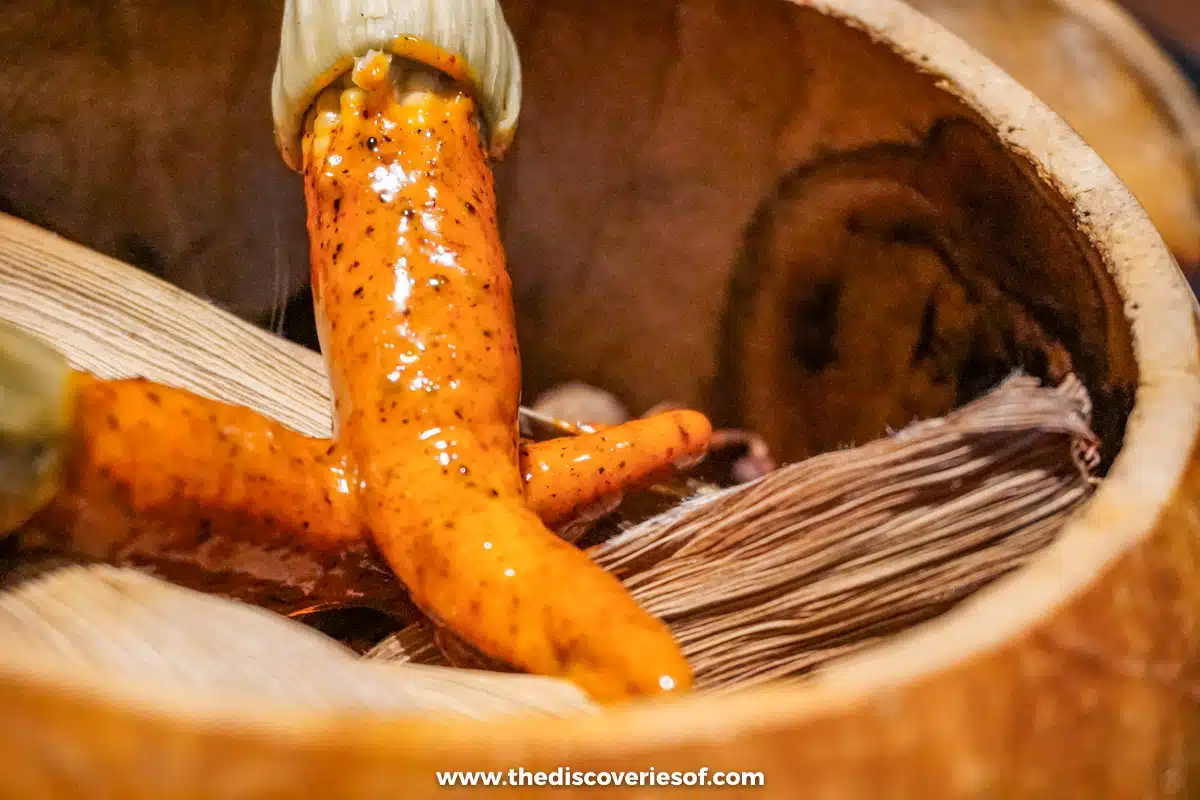
Jesús Durón has now taken over as Pujol’s chef de cuisine, continuing Olvera’s vision to create memorable flavours and culinary excellence.
While the restaurant’s menu changes seasonally, their signature Mole Madre, Mole Nuevo are always available.
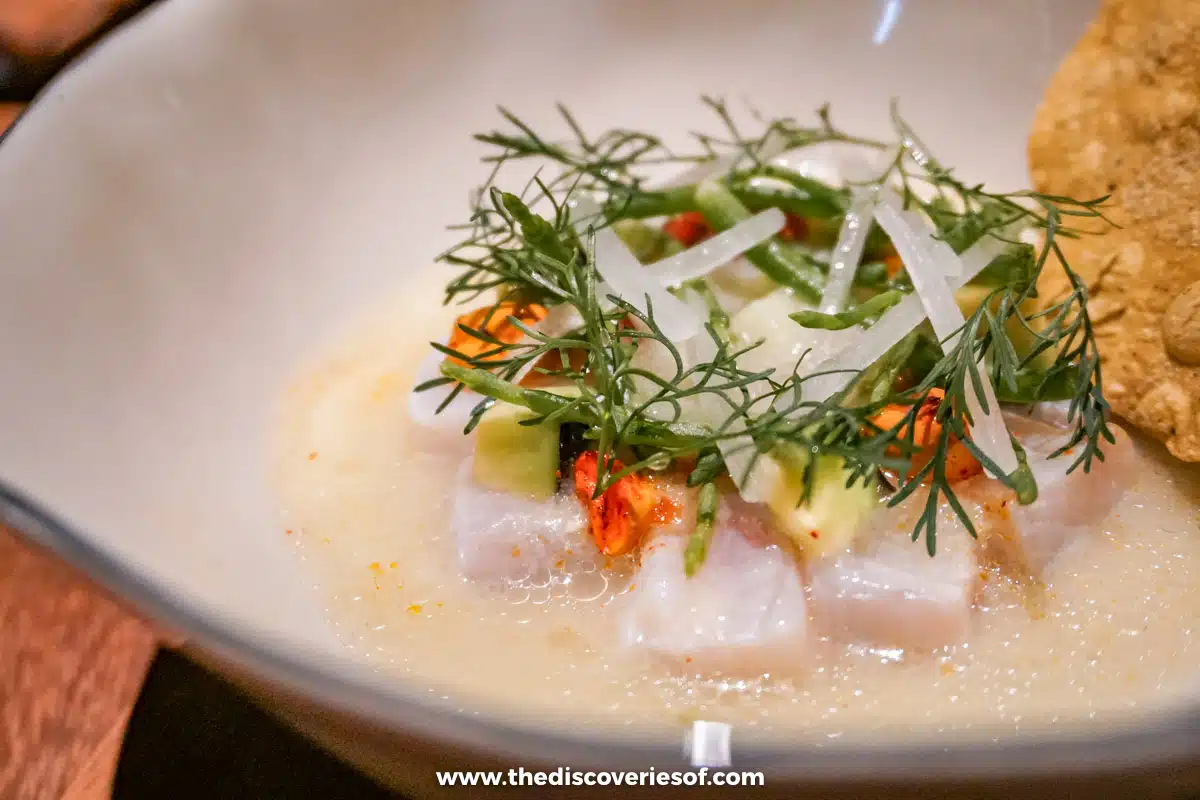
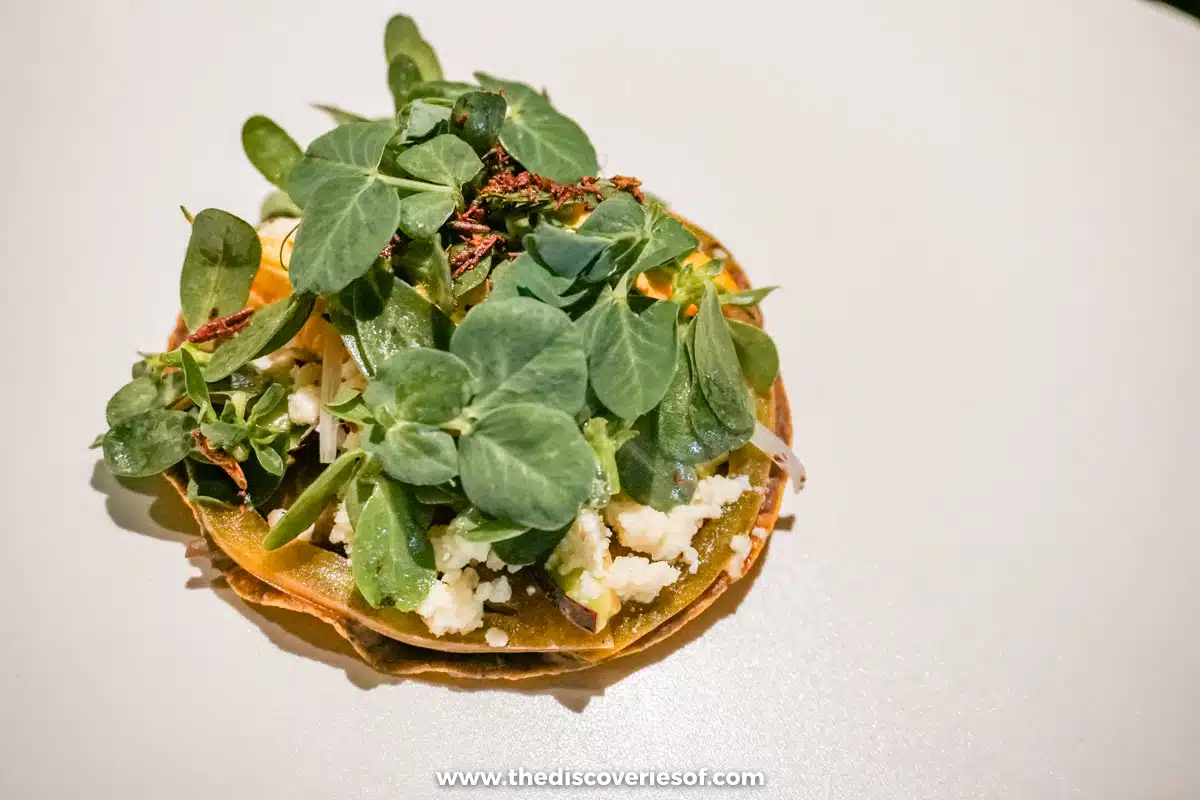
The dishes involve a perfect circle of fresh mole surrounded by a larger ring of mole that’s aged for around 1,345 days. Accompanied by a basket of warm tortillas, this provides a perfect taste of Mexico’s past.
For the best gastronomical experience, try the seven-course tasting menu. This will cost you around $93 USD and is available for lunch or dinner.
I loved Pujol so much, I made a whole video about my experience eating there. Take a little look at it.
Watch a Mariachi Band at Plaza Garibaldi
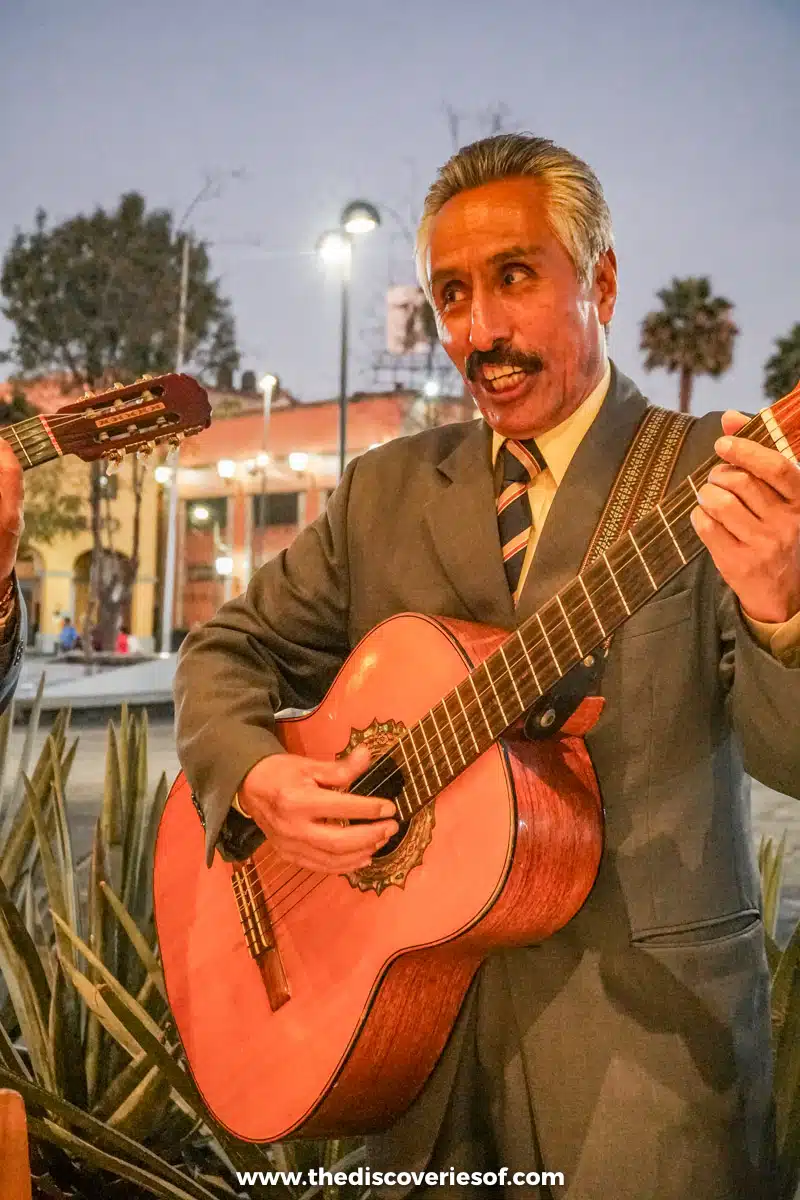
Plaza Garibaldi is the focal point for Mariachi music in Mexico City, a glorious celebration of the unique ranchera music that dates all the way back to the 18th century.
I knew I had to spend an evening listening to some Mariachi music in the Plaza during my most recent trip (somehow I’d skipped it on previous visits) and it didn’t disappoint.
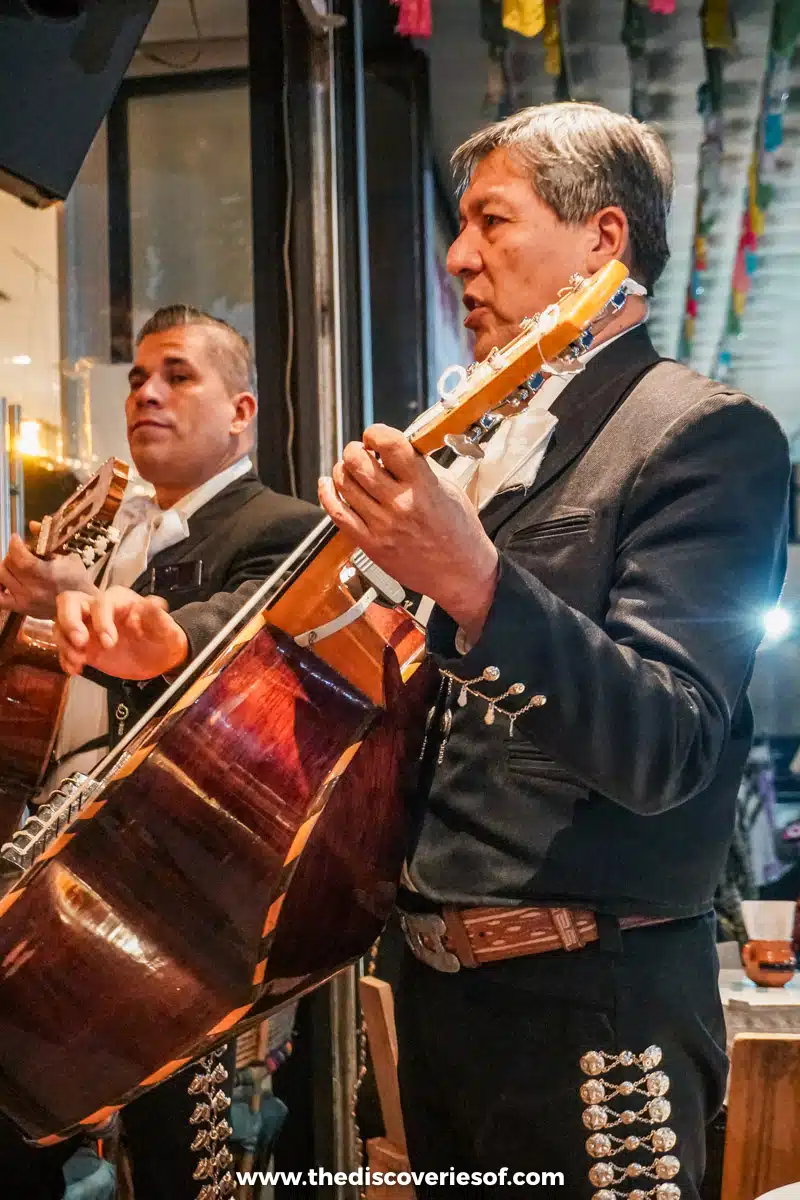
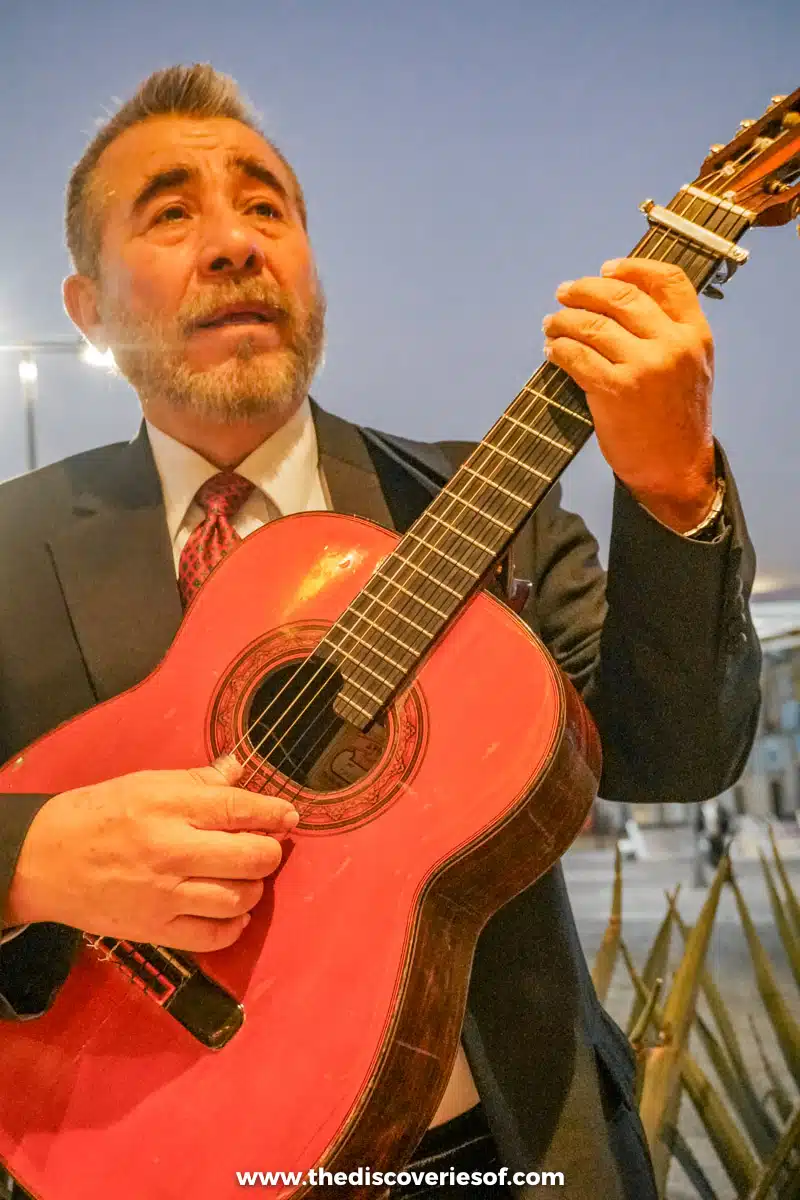
Bands have gathered here since the mid-1900s, playing to the crowds that flock to the plaza each night.
To get the full experience, visit after 11 pm and cosy up at one of the plaza’s many lively tequila joints.
Top Tip
Bring plenty of small notes for tipping each band after a performance.
Spend Time in the Anthropological Museum
The Anthropological Museum is definitely one of the things you must do in Mexico City, especially if you love learning about the area’s rich history.
The museum has a rich and fascinating story that began centuries before it opened. It is also the most-visited museum in the country, containing the world’s most extensive collection of ancient Mexican relics, artefacts, and art.
Famed for hosting a range of historically and culturally important artefacts from Mexico’s pre-Hispanic past, The Anthropological Museum features 23 exhibition rooms spread across two levels. These exhibits cover everything from the Toltecs and Zapotecs to the Maya and Aztecs.
In fact, the museum houses more than seven million archaeological pieces and over five million ethnological pieces. Some of the most famous exhibits include the ceremonial headdress of Aztec emperor Moctezuma and a half-a-millennia-old Aztec Calendar Stone.
Do
Want to delve deeper? Book onto this Anthropological Museum tour
Walk Around Chapultepec Park
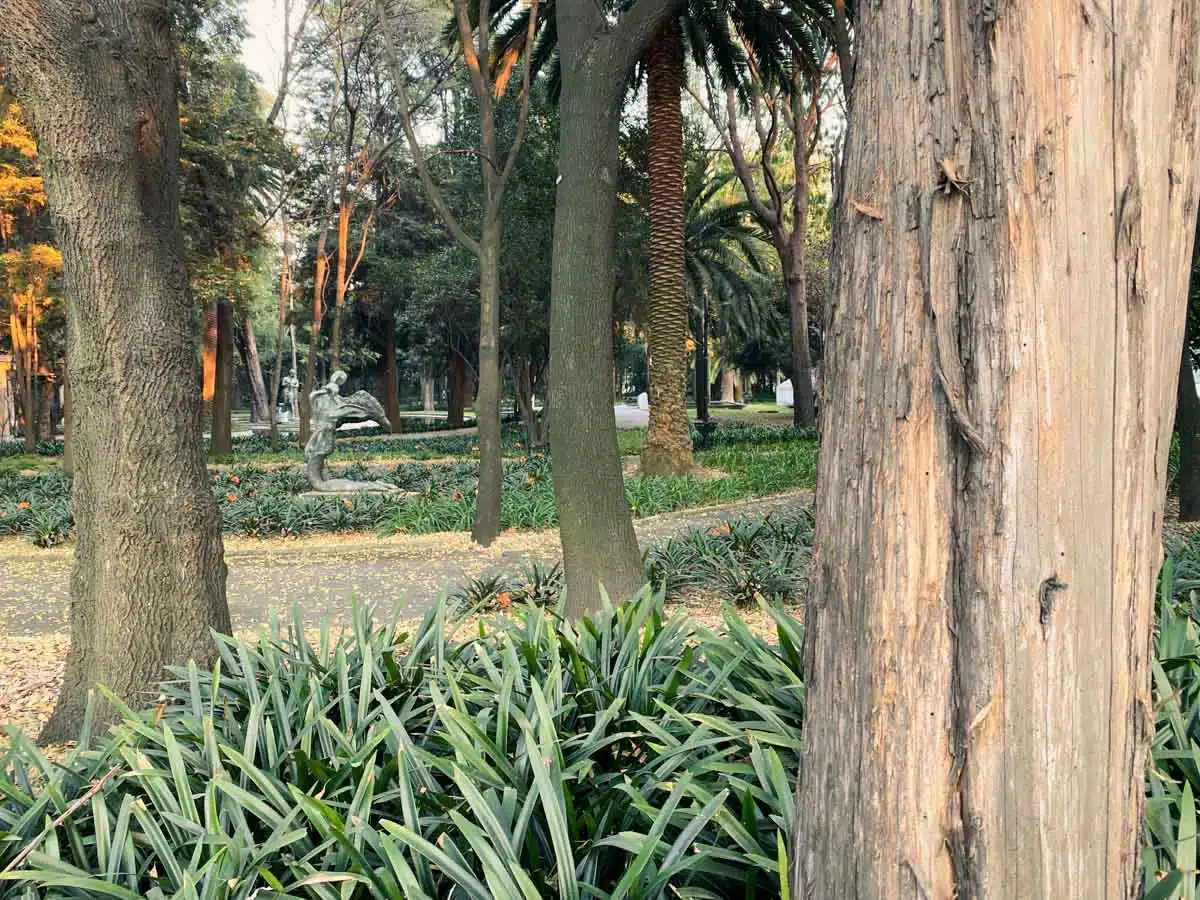
Chapultepec Park, or Bosque de Chapultepec, is a 1,695-acre park that dates back to ancient Aztec times. Filled with lush green foliage, it once served as a royal retreat. To this day, it is commonly referred to as the lungs of Mexico City and is the city’s largest park.
Criscrossed with trails that are perfect for walking, running or biking, it would be impressive enough were that all, but not content with being a simple park, it also houses the stunning Chapultepec Castle.
The castle was a summer residence built at the end of the 18th century, since spending a stint being used as a military academy before returning to its original use as a summer house and now the home of the National Museum of History.
You’ll also find the Chapultepec Zoo, as well as the Museum of Anthropology and Rufino Tamayo Museum within the park’s borders.
Top Tip
During weekends, Chapultepec fills up with local families, street vendors, and performers and is a lovely place to hangout for a few hours.
See Contemporary Art at Museo Jumex
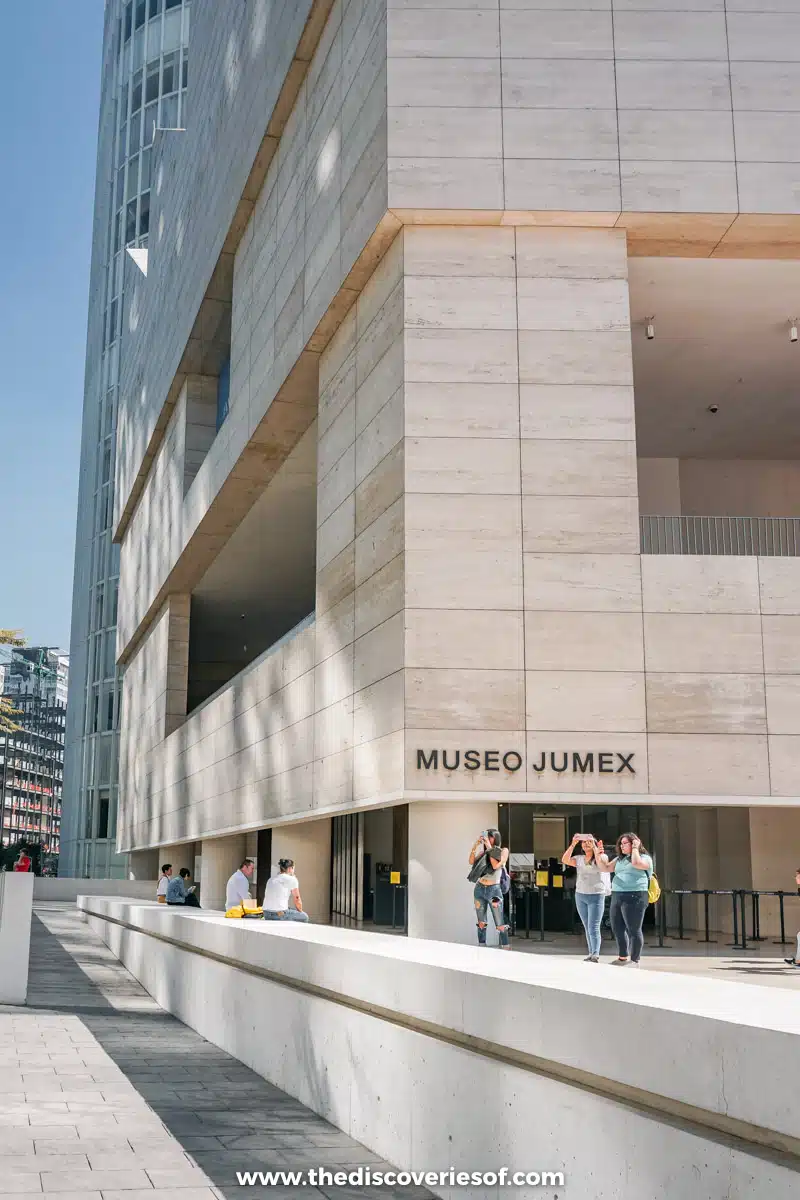
Opened in 2013 in the heart of Polanco, Museo Jumex is one of the newest and largest contemporary art museums on the scene. Designed by British architect David Chipperfield, the 1,400-meter-square white-concrete cube is as distinctive as the art that it houses.
Inside the museum, you will find one of Latin America’s largest contemporary art collections. This includes works by Andy Warhol, Martin Kippenberger, Cy Twombly, Damien Hirst and many more.
This spread of artists allows for a range of mediums, from paintings and drawings to video and light installations.
Did I almost lose my mind when I turned up at the museum only to find they had a special exhibition dedicated to the works of one of my favourite artists, James Turrell – a primary figure in the Light and Space movement? Yes. Did I immediately book a ticket for said exhibition in a couple of days (it was already largely sold out) and then proceed to have my mind blown? Absolutely.
All this to say that you should check out the museum’s special exhibitions before your visit – but even if there isn’t a temporary exhibition on, the core collection is brilliant.
Top Tip
The Soumaya Museum is also located directly across the square from Museo Jumex, so it makes sense to tackle them both in one go.
See the Extensive Collection at Museo Soumaya
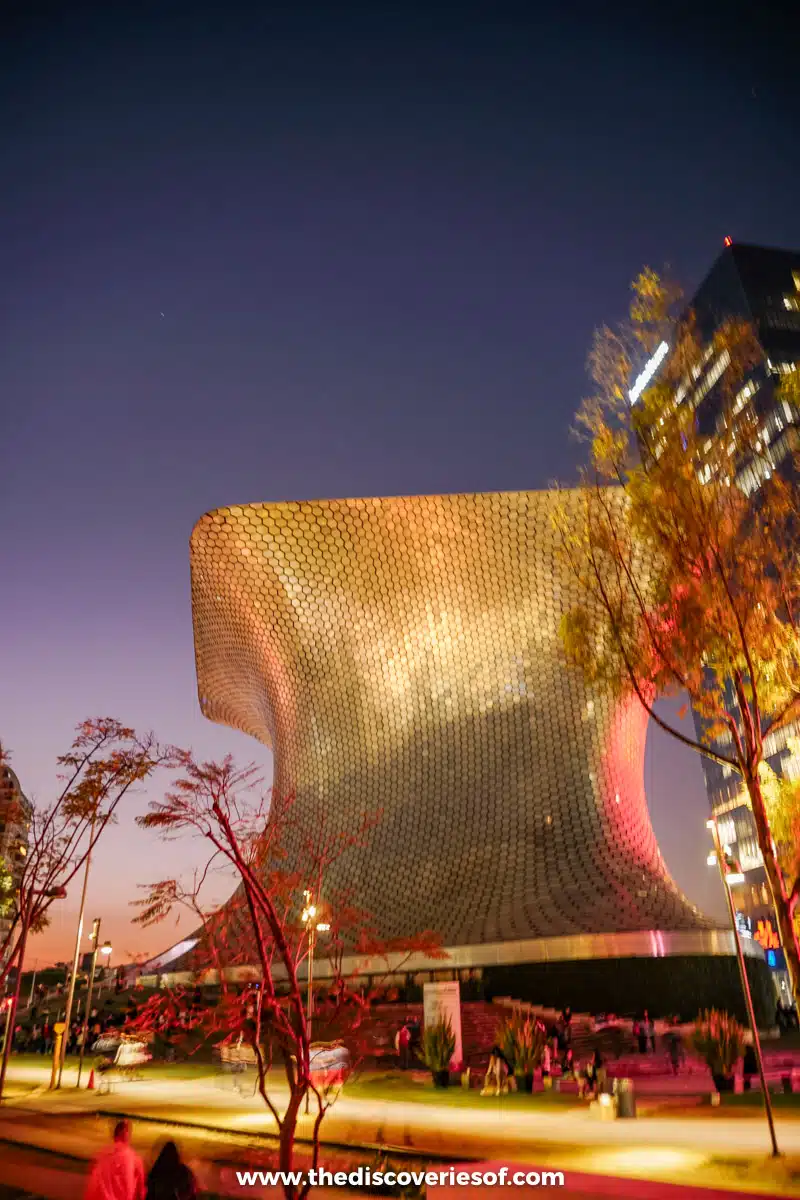
Look across from Museo Jumex and you’ll see a giant and rather interesting building, tiled with thousands of silver hexagons.
This impressive piece of architecture is the Museo Soumaya, which is home to a large collection of art, totalling 66,000 pieces. Among these are works from famous artists, including Diego Rivera, Rufino Tamayo, Matisse, and Degas.
Since opening back in 2011, the Museo Soumaya has quickly become one of the most popular art museums in Mexico City.
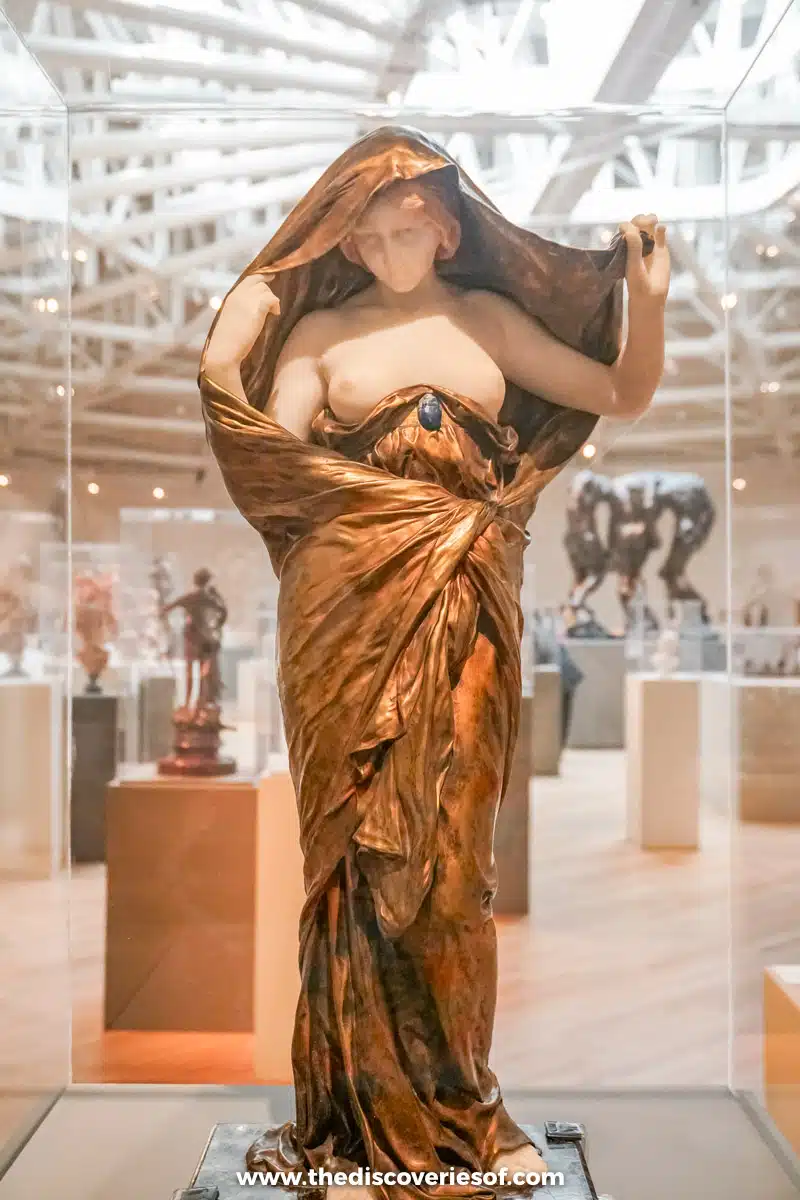
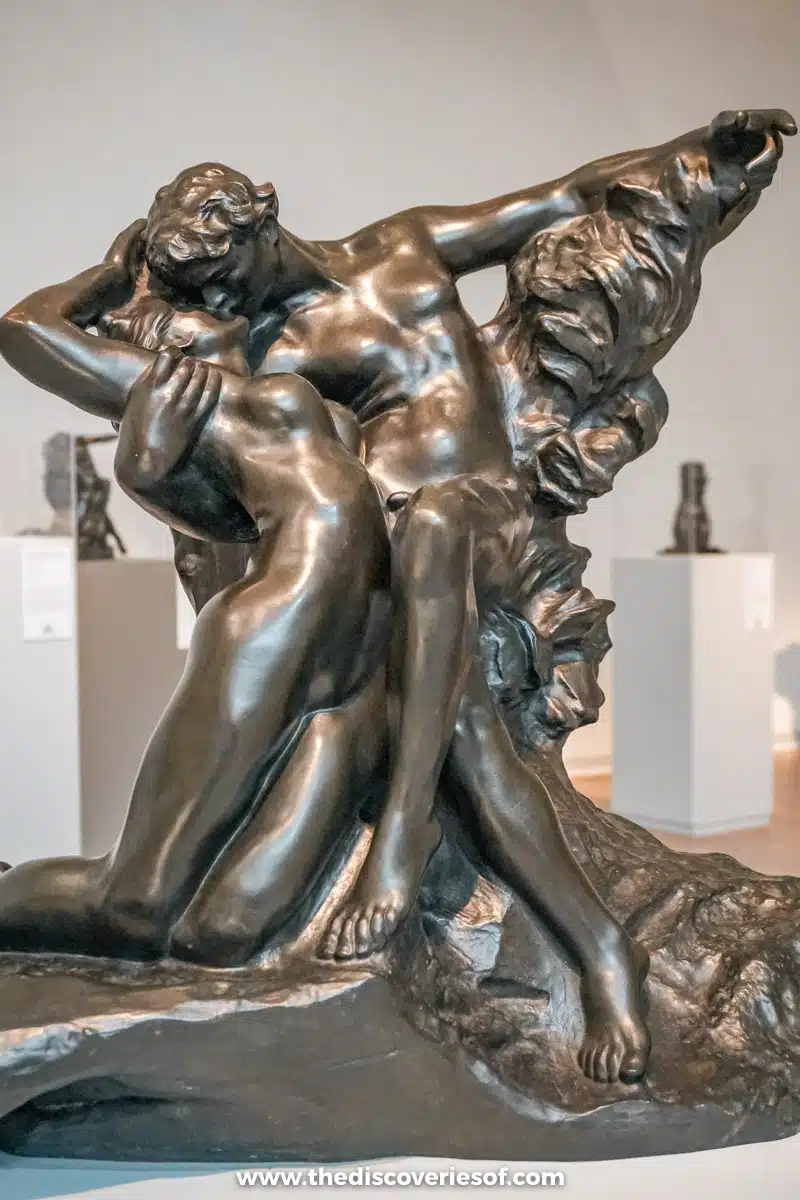
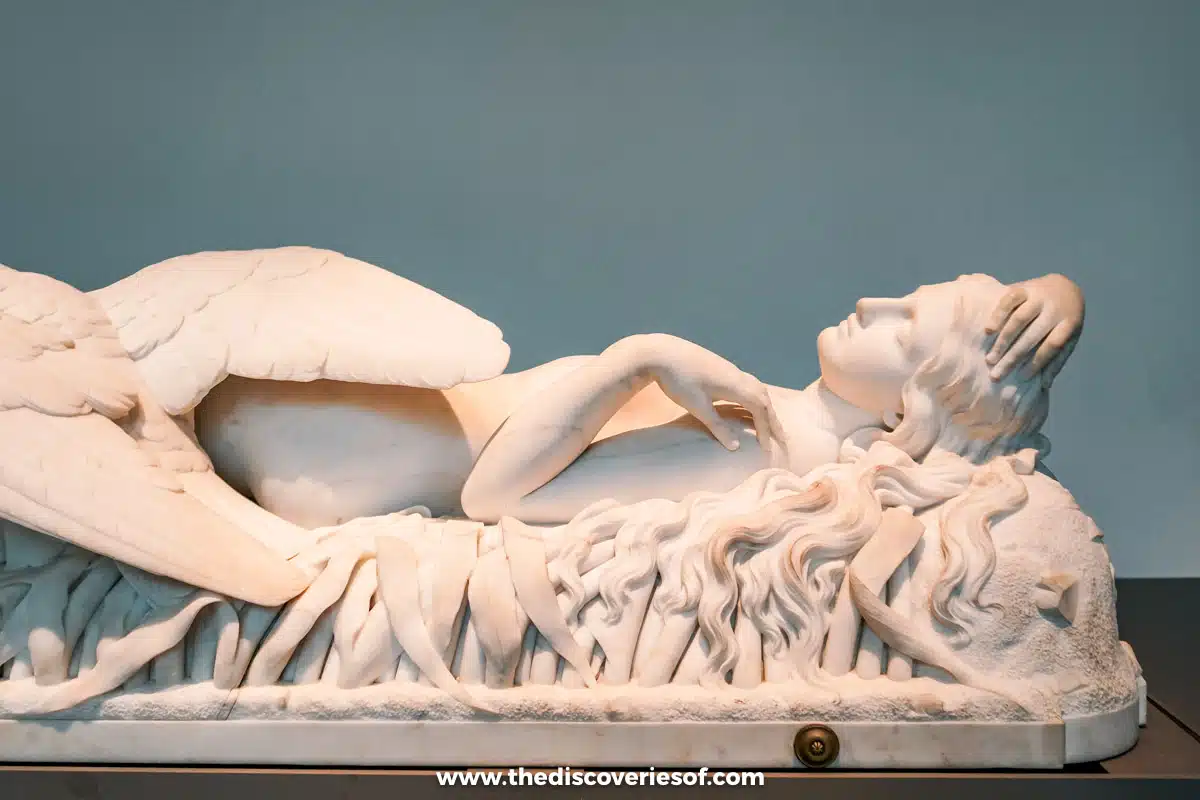
I can see why. I hate to play favourites but the Soumaya really is one of the best museums I’ve visited – not only because of the extensive collection of impressive exhibits, but because of the gorgeous light-filled building too.
Shop at Mercado de San Juan
Mercado San Juan is one of the best shopping destinations in Mexico City among professional chefs, local foodies and travellers with their cookbooks in tow.
It is often referred to as the “chef’s market” due to the wide range of high-quality produce found here.
The area is also known as a hub for exotic meats. Inside the market are many vendors selling armadillo, iguana, wild boar, stingray, alligator among them.
Some also serve their own dishes. If you’ve got a strong stomach, try your hand in some crocodile a la veracruzana or grab some crispy ants, beetles, or grasshoppers for snacking.
Note that this market is constantly busy and filled with vendor chatter and for those who are squeamish, it may be best to stay clear of the peripheral meat stands.
See Sky-High Views from Torre Latinoamericana
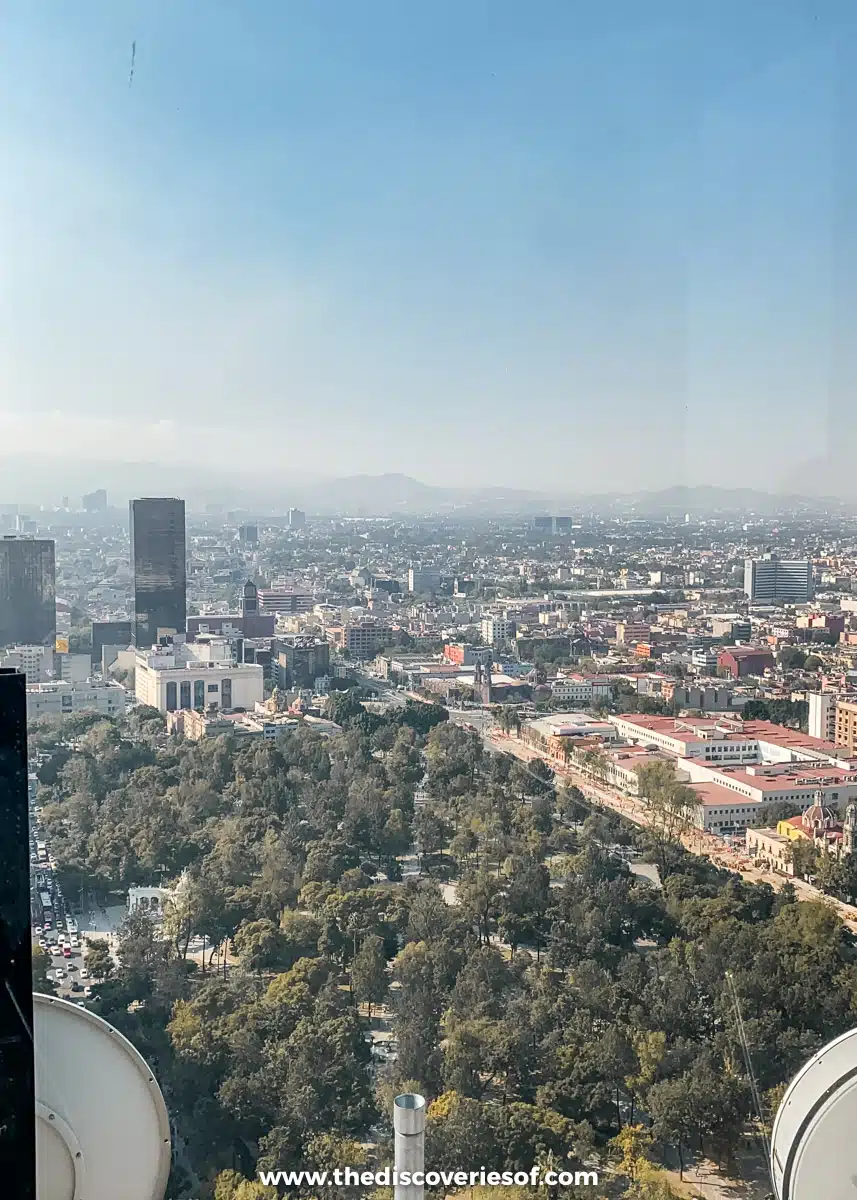
The Torre Latinoamericana is a 44-story skyscraper located in Centro Historico. At 166 meters (545 feet), it is the tallest building in downtown Mexico City.
It’s somewhat dubiously renowned for withstanding an 8.1-magnitude earthquake in 1985 and then a 7.1-magnitude earthquake in 2017.
However, its biggest draw is the incredible views it offers. While visiting, head to the observation deck for an awe-inspiring 360-degree view of the city.
From here, you will be able to see a number of the city’s top tourist spots, including the Palacio de Bellas Artes and leafy green Alameda Park.
For a truly memorable experience, grab dinner or a drink at one of the newly renovated restaurants and bars. Located on the 40th and 41st floors, Miralto Restaurant & Bar is a great option for a relaxed cocktail with a view.
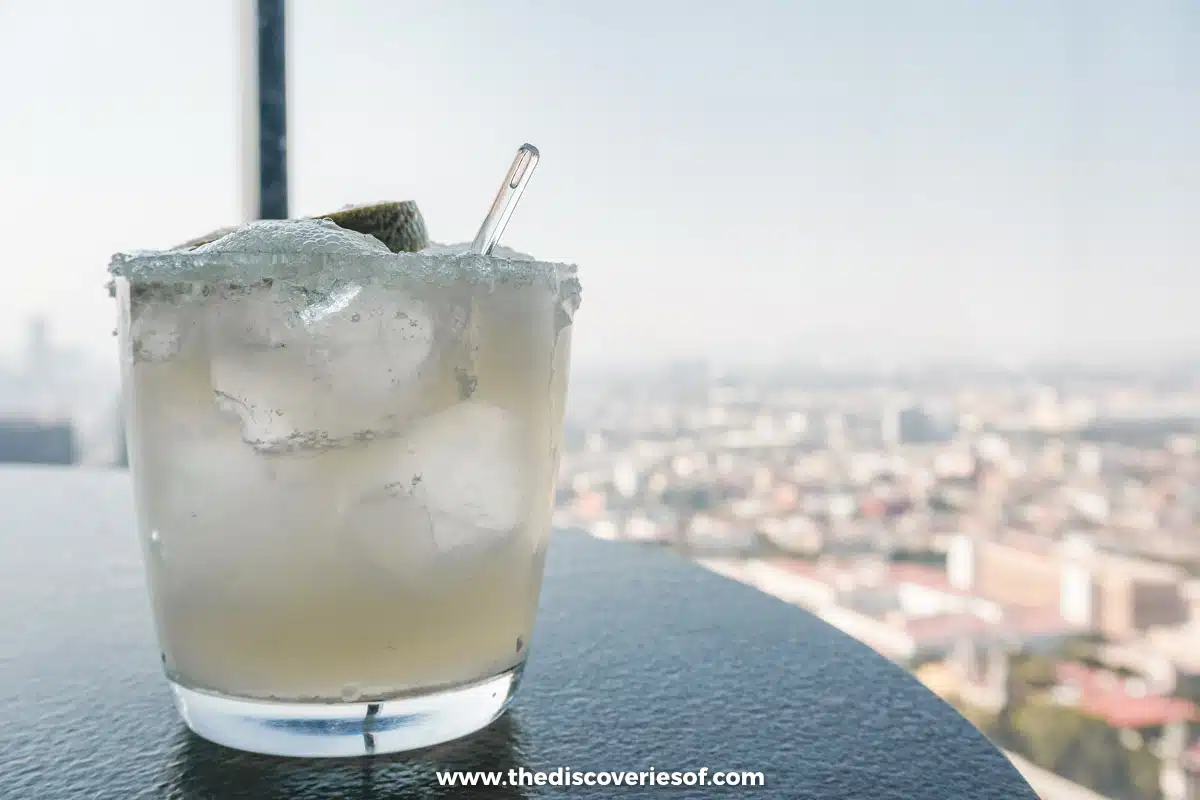
Buy Handicrafts at the Mercado de Artesanías
Looking to shop for local folk art, handicrafts, or colourful souvenirs to take home from Mexico? Be sure to stop by Mercado de Artesanías.
Centred around a descending pedestrian walkway lined with stalls of artists and vendors, it’s a hive of colour and activity.
While there are many artisan markets in Mexico City, this one is among the best. Some popular pickups here include silver jewellery from Taxco, talavera pottery from Dolores Hidalgo, and rugs from Oaxaca.
This is also a good spot to shop for clothing, tote bags, leather goods, and various pieces of art.
Top Tip
Be sure to bring along cash. Though some of the vendors and artists accept credit cards, by paying cash, you can often haggle the prices down a bit.
Grab a Bite and a Drink at Mercado Roma
Mercado Roma is another one of Mexico City’s many bustling markets. But what some may not know is that residents originally protested the idea of building a market in the neighbourhood.
Many believed that gentrification would ruin the area. Though the three-story market is more upscale than its surroundings, it is now a common gathering point amongst locals and tourists alike.
The market is home to dozens of restaurant and bar stalls serving a wide selection of foods and beverages. This includes wines, tasty tapas, tacos, desserts, and plenty more.
Head to the rooftop of the three-story market, to chill out in the beer garden. Enjoy some delicious drinks, mingle, and perhaps even try your hand in foosball.
Coffee and Breakfast at Lalo!
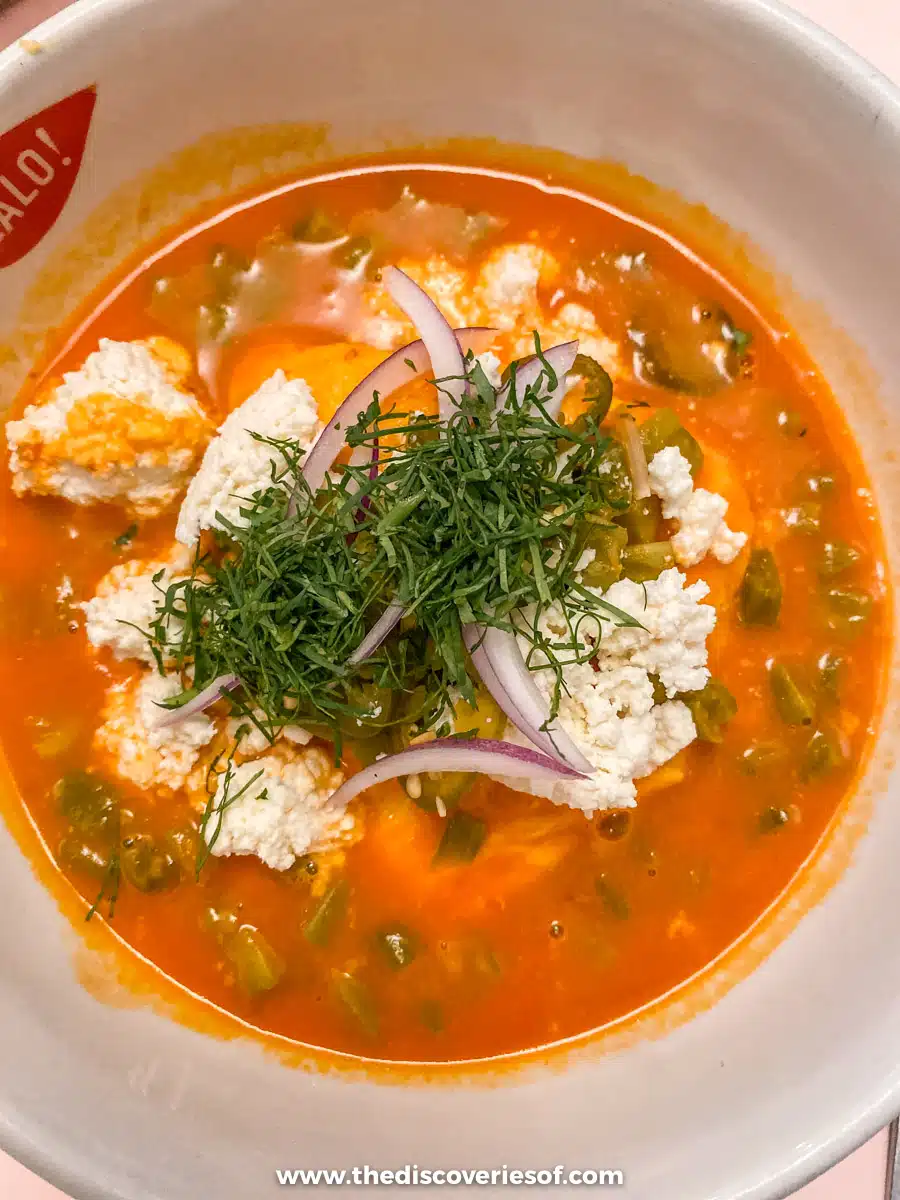
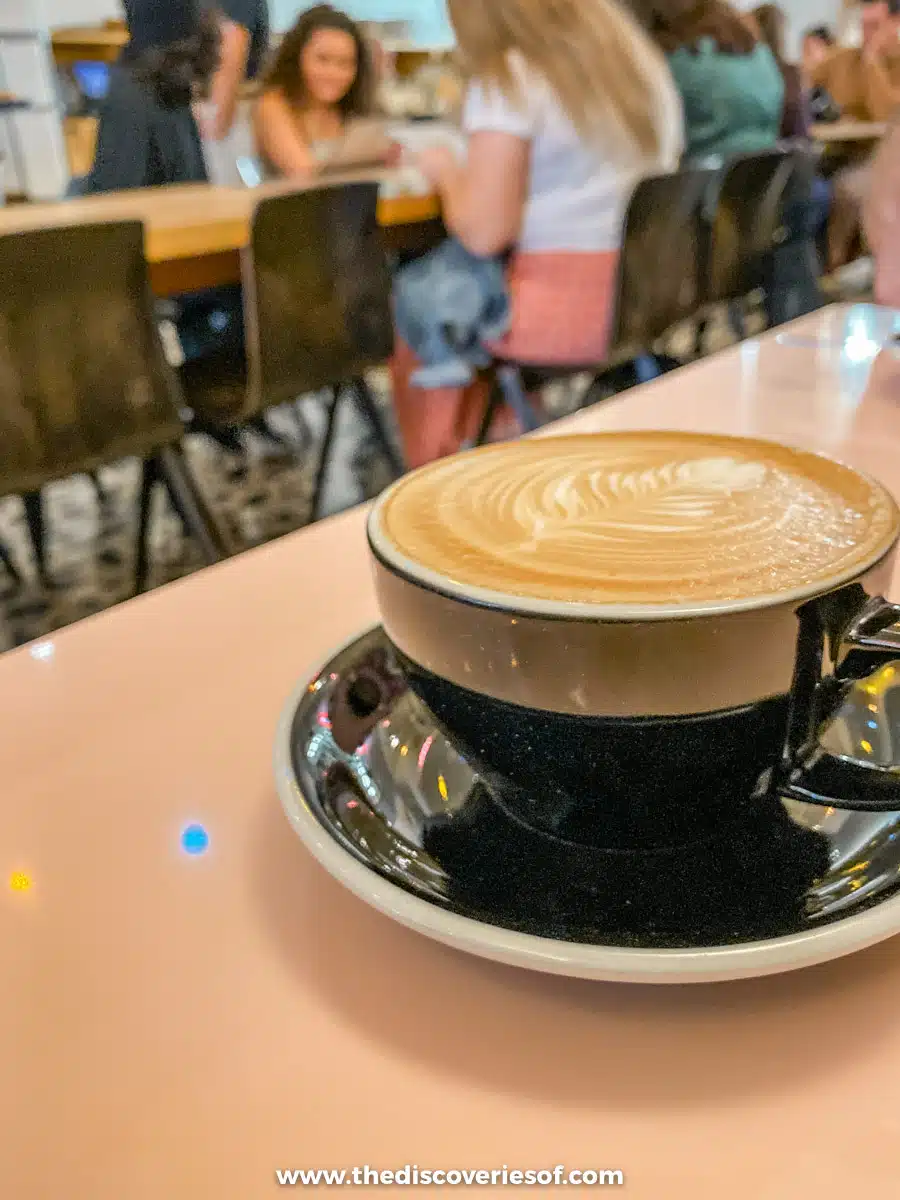
Lalo! Mexico City is one of Mexico City’s best specialty cafes for trying locally-sourced Mexican coffees in a sleek and trendy coffee shop. Tucked away in upscale Roma, it’s a haven of clean design, with green plants providing a stunning contrast against the grey interior.
That’s great and all, but what we’re really interested in is the food and the coffee, both of which are excellent. It’s got a bit of a reputation for incredible local roasts (and breakfasts) and let me tell you – it’s well-deserved.
Food + Drink
Before you go, be sure to purchase a bag of their signature coffee beans – which doubles up as a great souvenir, too.
Sip Cocktails at Limantour
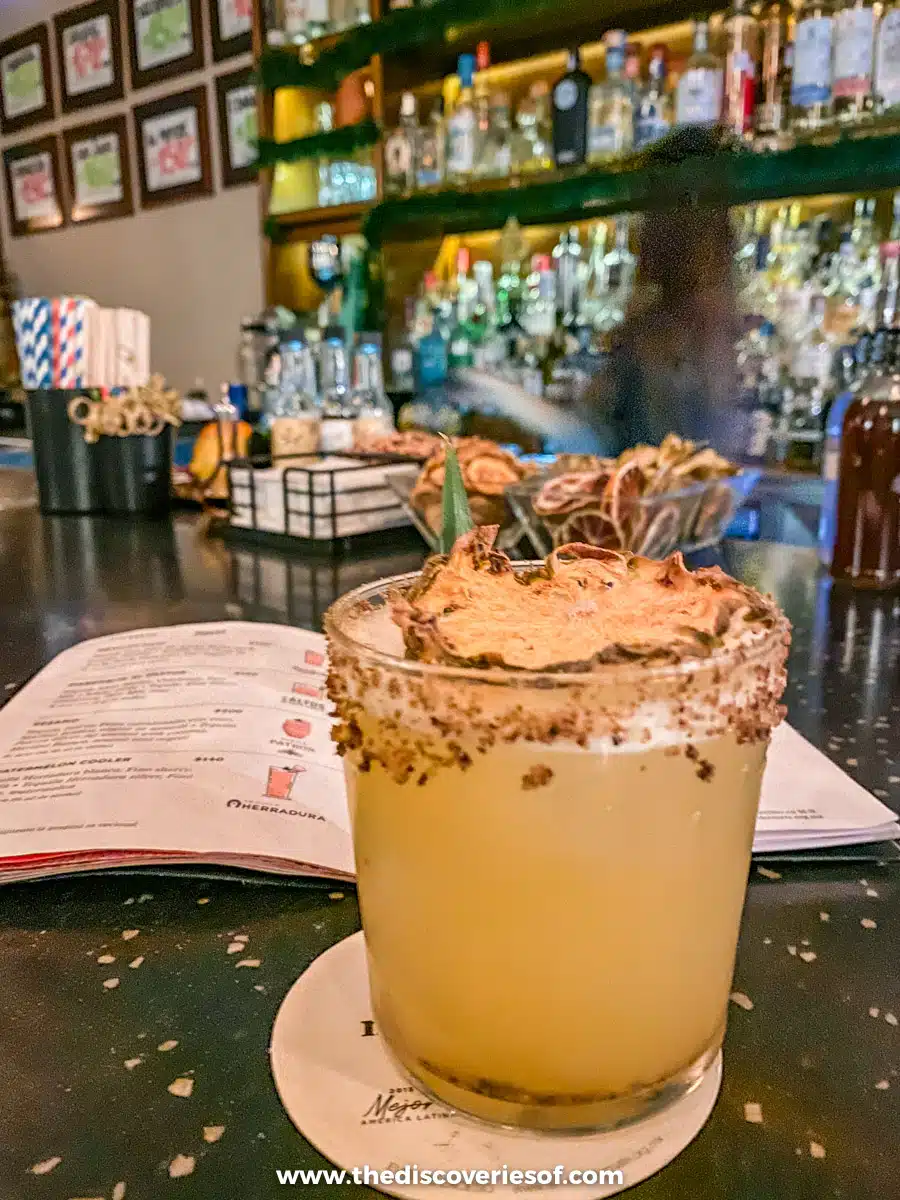
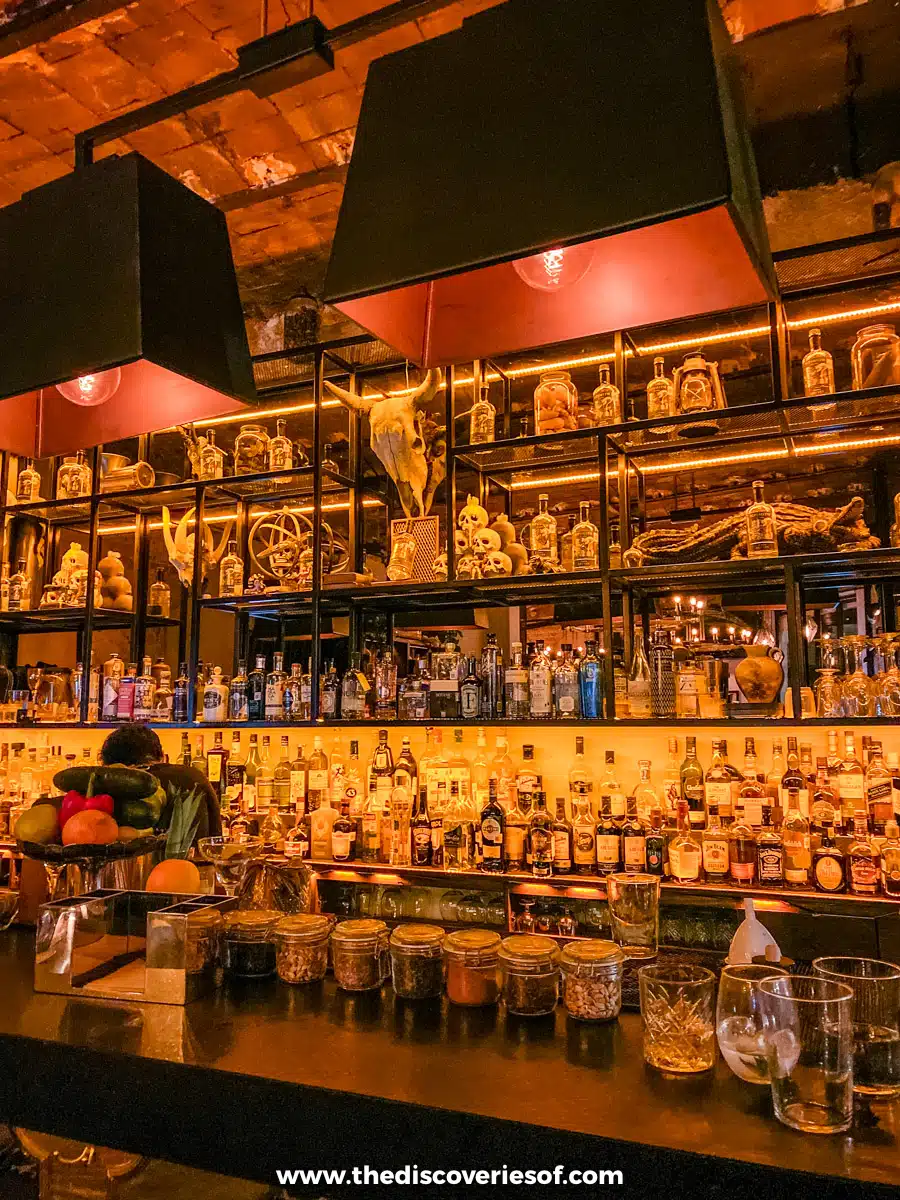
If you love cocktails, you have to go to Limantour. This cool cocktail bar has been serving up some of the city’s best cocktails since 2011.
It also just so happens to feature on the World’s 50 Best Bars List. So yeah… go.
Swanky cocktails aside – the mixologists are really friendly and always on hand to make recommendations or even shake up something to suit your taste if you really can’t find something you like the look of on the menu (unlikely).
Top Tip
Time your visit right and you may be lucky enough to catch the Christmas cocktail pop up Miracle, which takes over the upstairs bar in December.
Step Back in Time at Maison Artemisia
If you’re looking for fun things to do in Mexico City at night, then make a trip to the popular Maison Artemisia, a dark cocktail lounge designed to transport drinkers to Paris and the Belle Epoque.
As the name suggests, this is a highly exclusive spot (a “Maison” refers to the private houses that once functioned as clubs where famous and wealthy personalities went to drink).
The Maison Artemisia revives this sense of prestige in a 19th-century house in Mexico City. The French decor and low light create an intimate setting, ideal for a grown-ups night out.
As the night rolls on, the city’s bohemian spirits flock in to enjoy the tasteful range of alcoholic beverages and dance to the sounds of modern beats.
There is also a lovely restaurant downstairs where you can sample various French-inspired dishes, including escargots and pickled pigs’ trotters.
Take a Trip to Teotihuacán
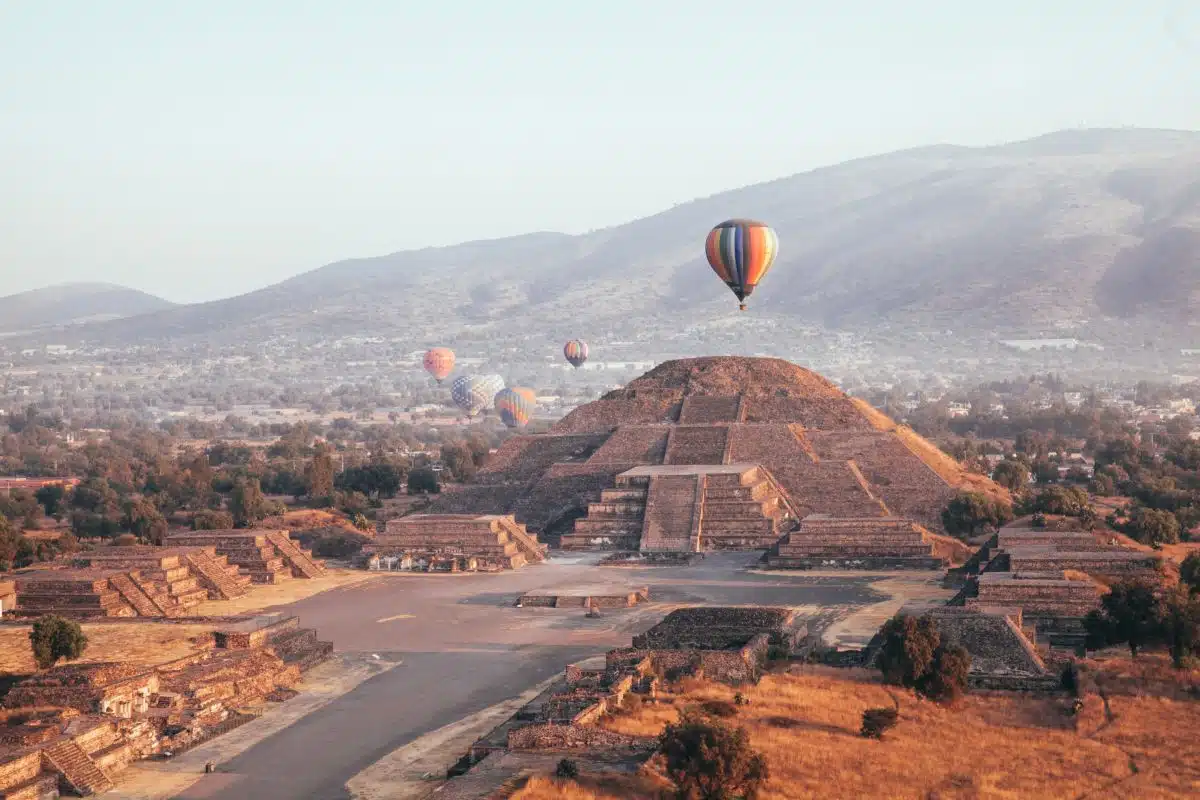
OK, it’s not in Mexico City itself but the famed and mysterious Mesoamerican pyramids of Teotihuacán are so close it would be a shame to miss them.
This impressive set of archaeological ruins is a UNESCO-listed site and is one of the most significant historical landmarks in Mexico.
The ancient pyramids, located in the Valley of Mexico, once served as the largest city in pre-Hispanic Mesoamerica. The city dated back over 2,000 years and was home to various ethnicities, including the Otomi, Mixtec, Maya, Nahua, and Zapotec people.
Visit earlier in the day and be sure to wear sunscreen and bring along plenty of water as the site offers no shade.
Practical Tips for Your Mexico City Trip
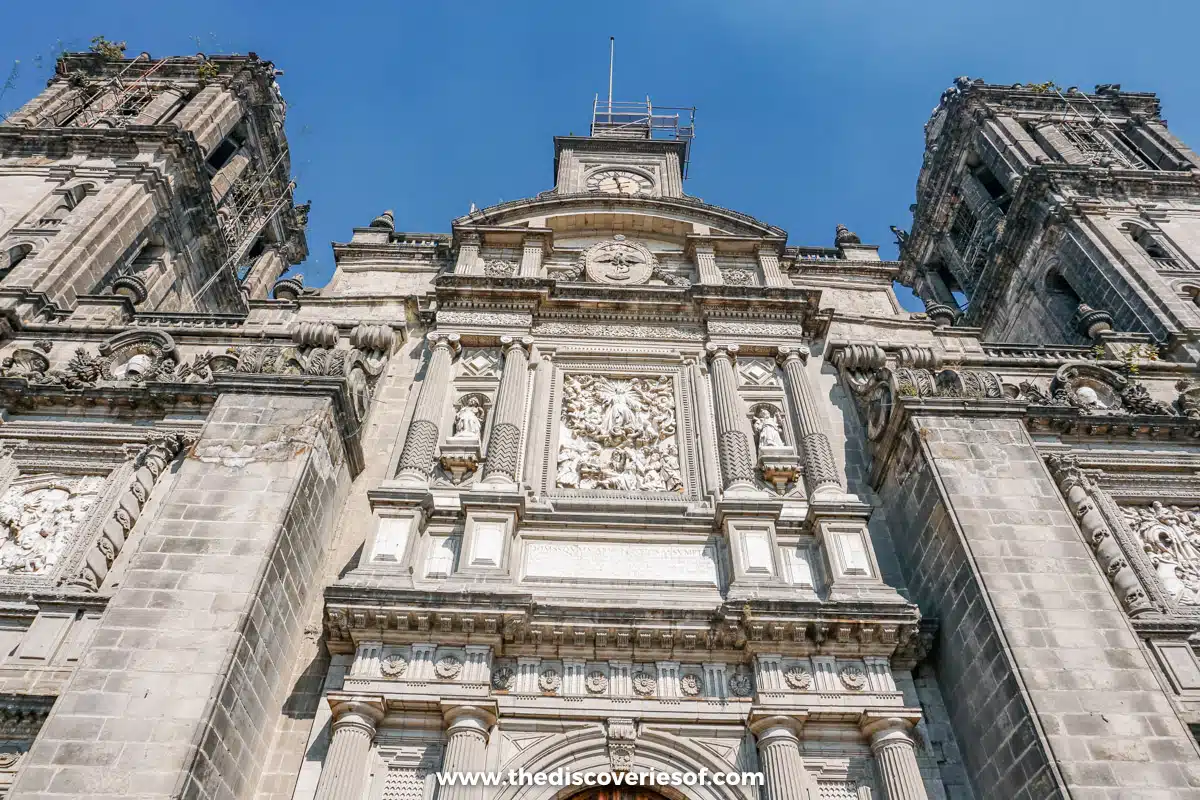
To ensure you get the most out of your visit to Mexico City, here are some important things to know.
How Long to Visit Mexico City?
You will need a minimum of three to five days to do the city any justice. This way, you will have enough time to comfortably visit the majority of the city’s top attractions.
Best Time to Visit Mexico City?
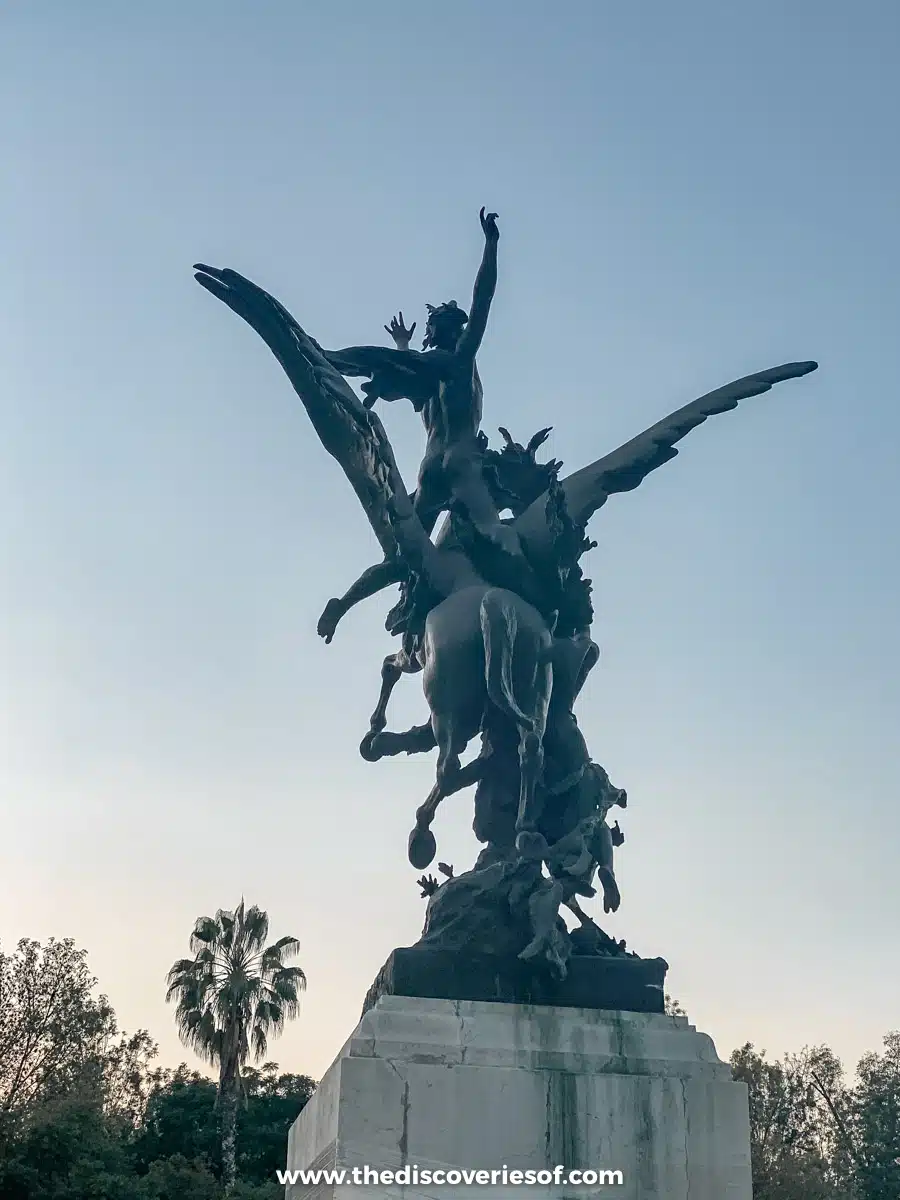
To get the best of Mexico City, plan your visit between March and May. While the city is fairly crowded during this time, the weather is spectacular. Winters here can be rather chilly.
Where to Stay in Mexico City
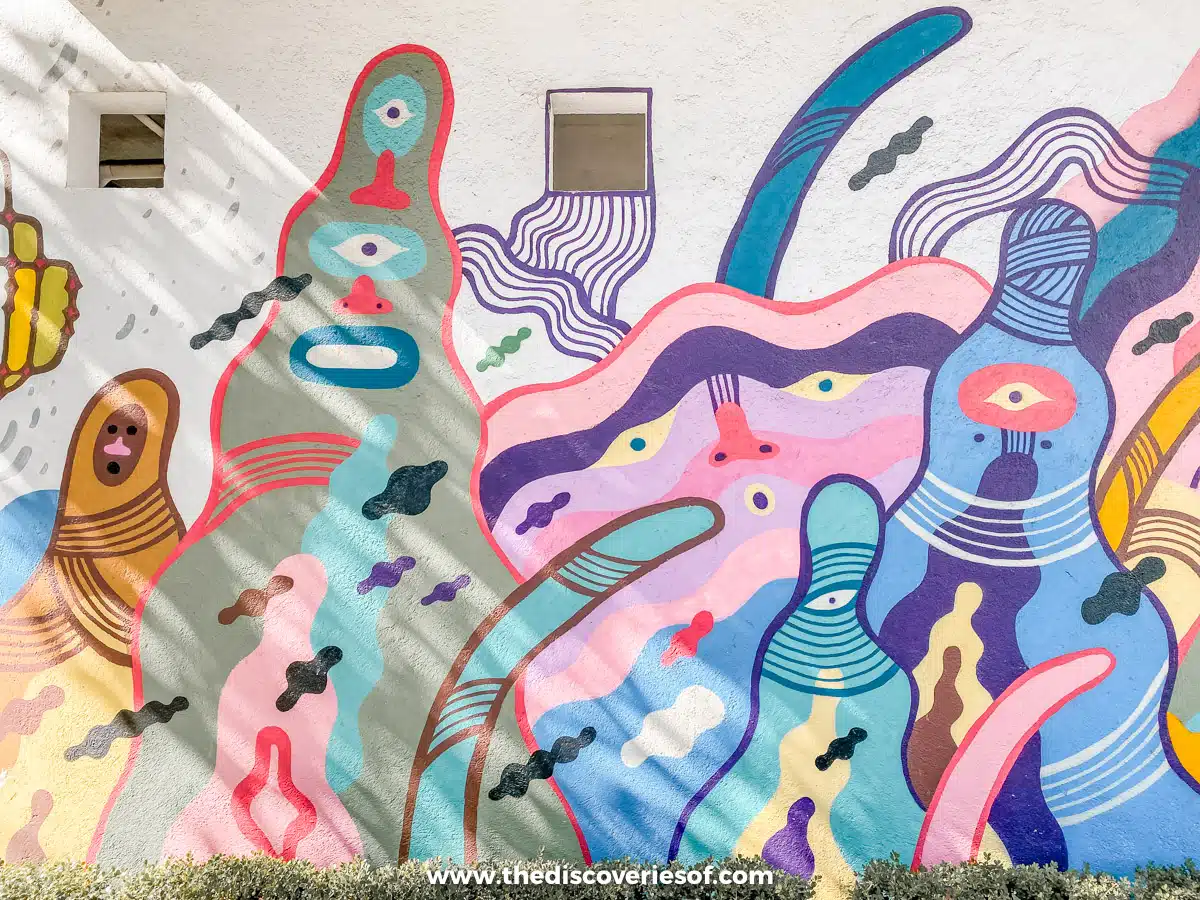
Mexico City has many distinct areas and neighbourhoods, each offering various accommodations and attractions.
For tourists visiting the capital, some of the best places to stay include Centro Historico (the Historic Center), Polanco, Paseo de La Reforma, Condesa, and Roma. Listed below are some of the best accommodation options for your Mexico City trip. Or opt to stay in one of Mexico City’s gorgeous Airbnbs.
Downtown Mexico (Mid-Range)
Downtown Mexico is one of the most popular hotels in the Historic Centre. Set in a restored 17th-century palace, this boutique hotel offers an elegant yet comfortable space just two blocks from Plaza del Zócalo.
Check Rates and Availability for Downtown Mexico
Presidente InterContinental Mexico City (Luxury)
Polanco is an ideal location for luxury travellers and is home to many luxury hotels. Among these is the five-star Presidente InterContinental. This hotel offers modern accommodations, state-of-the-art facilities, and exceptional views of the city and Chapultepec Park.
Check Rates and Availability for Presidente InterContinental
Map
Read More Mexico City & Mexico Guides
- Spend 3 Days in Mexico City with This Itinerary
- Brilliant Day Trips from Mexico City
- The Insider’s Guide to Condesa Mexico City
- Where to Stay in Mexico City
Love This? Save and Share on Pinterest
